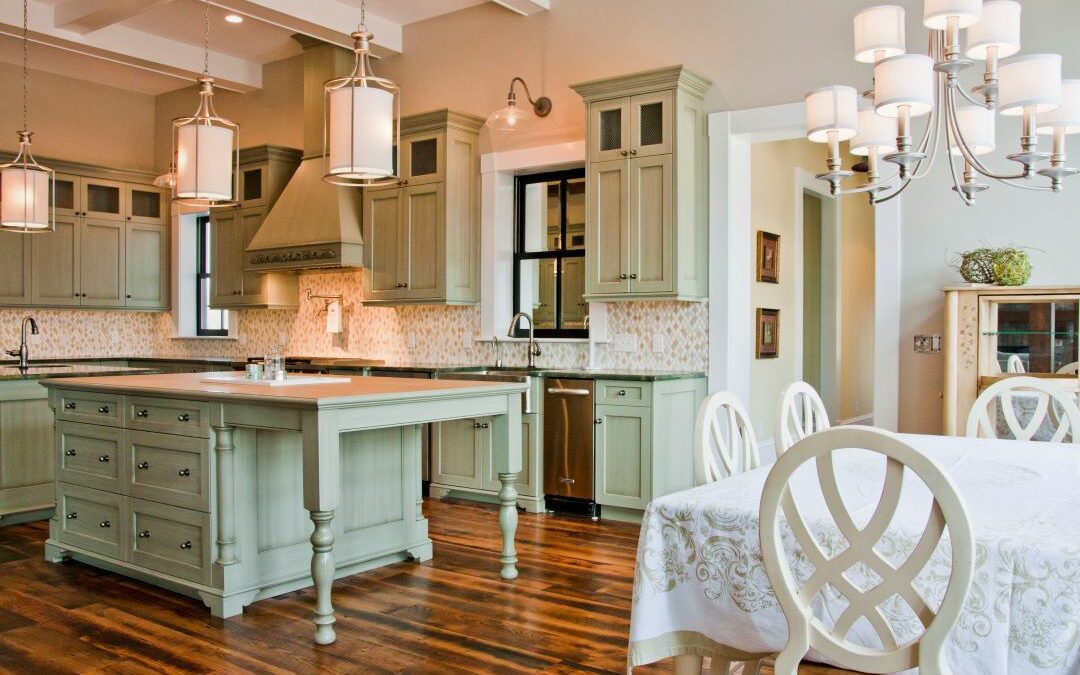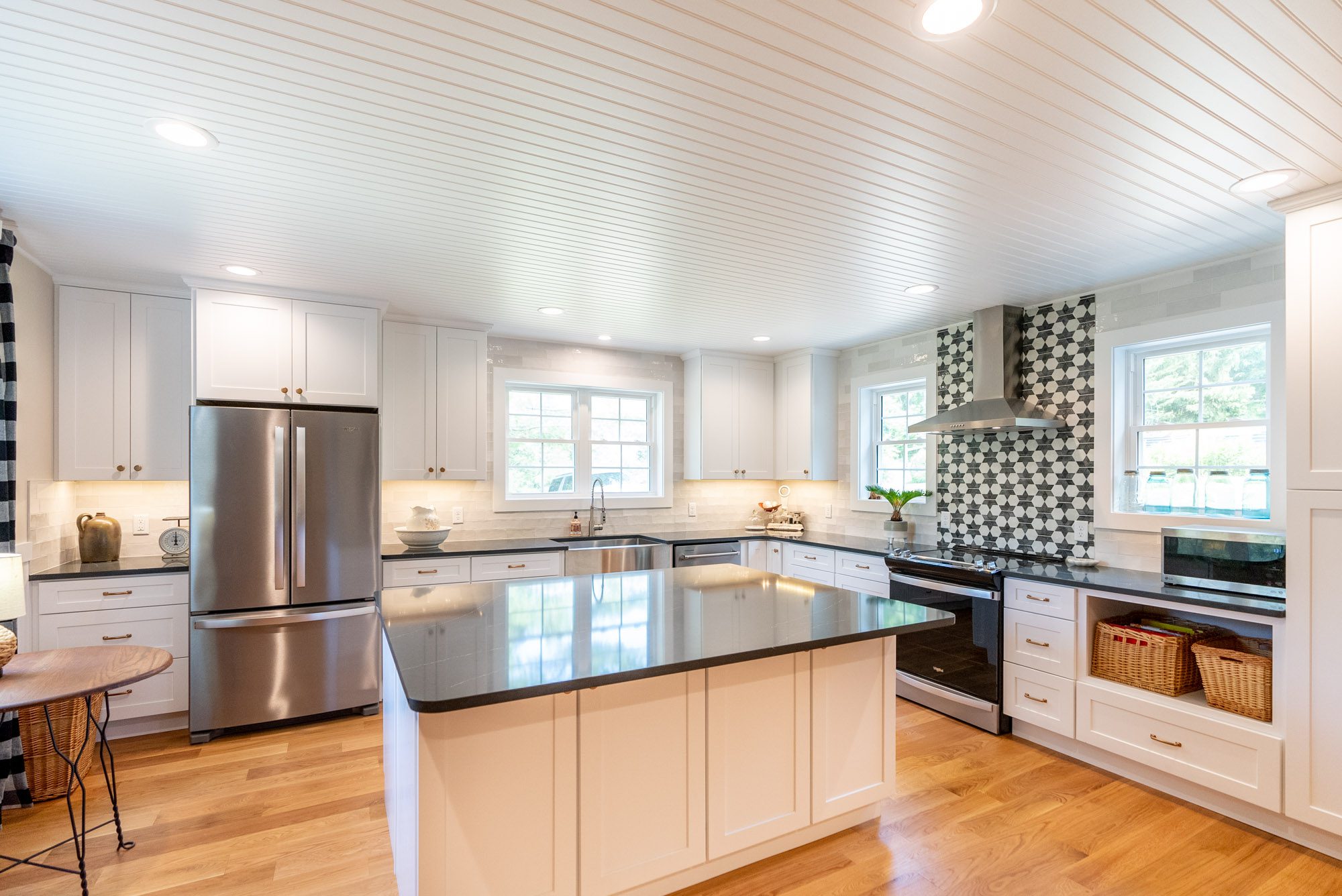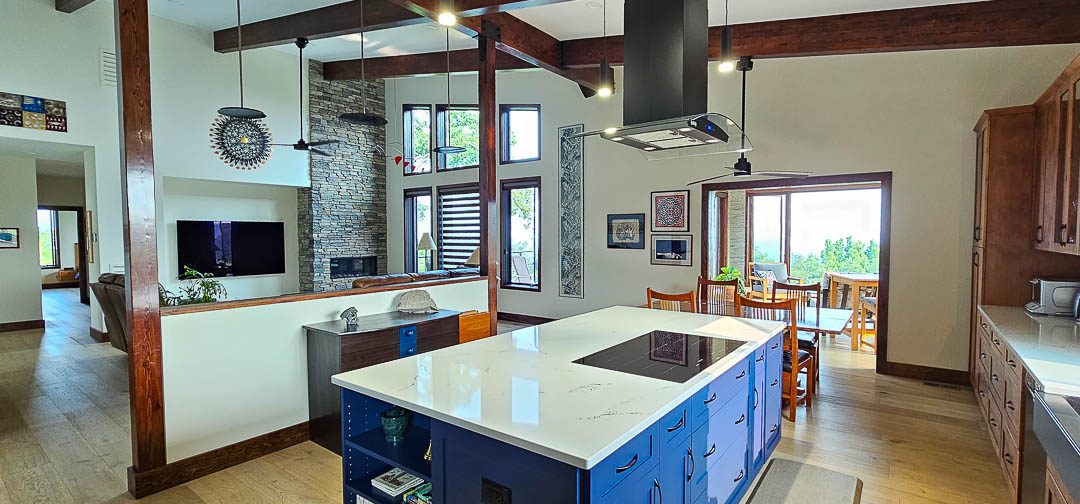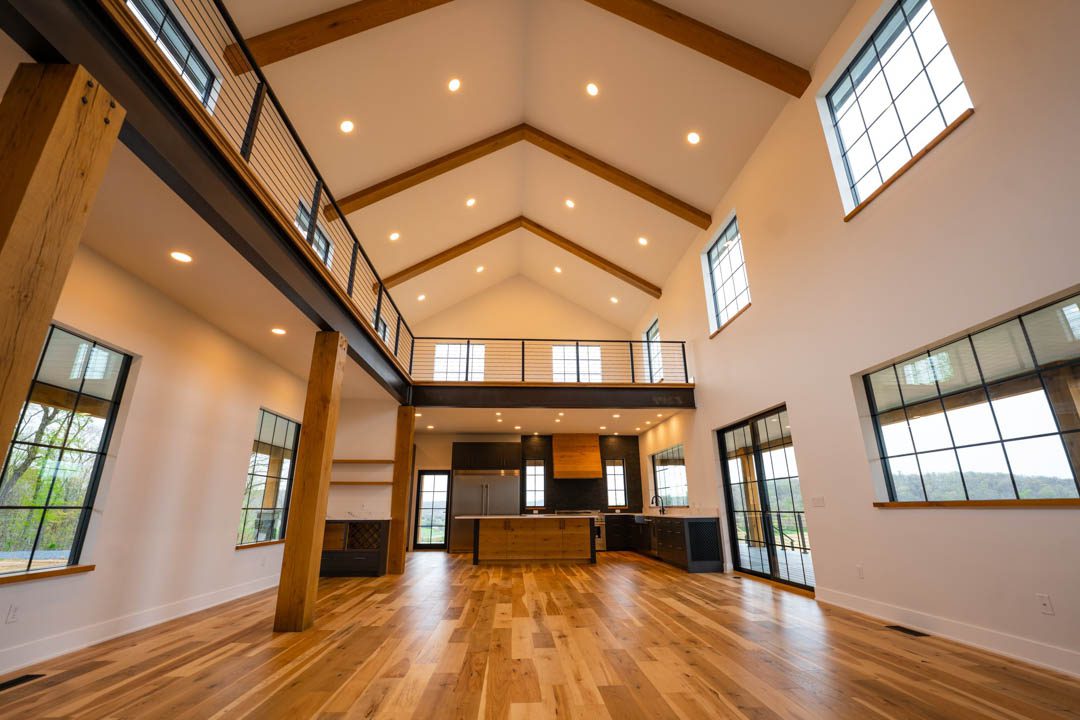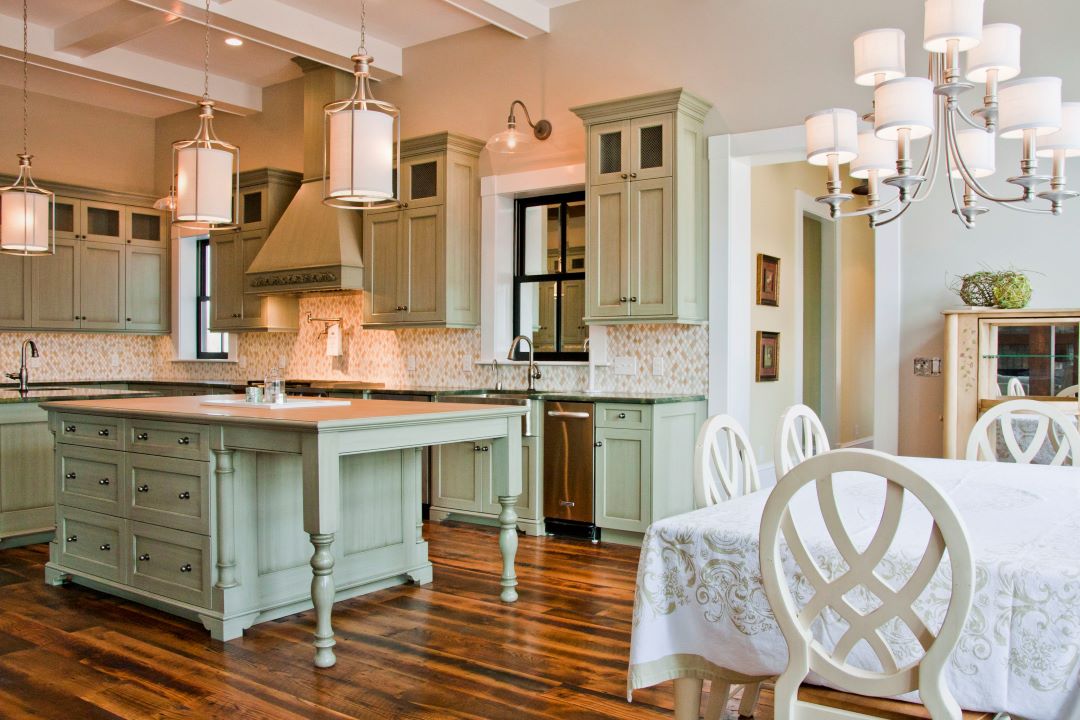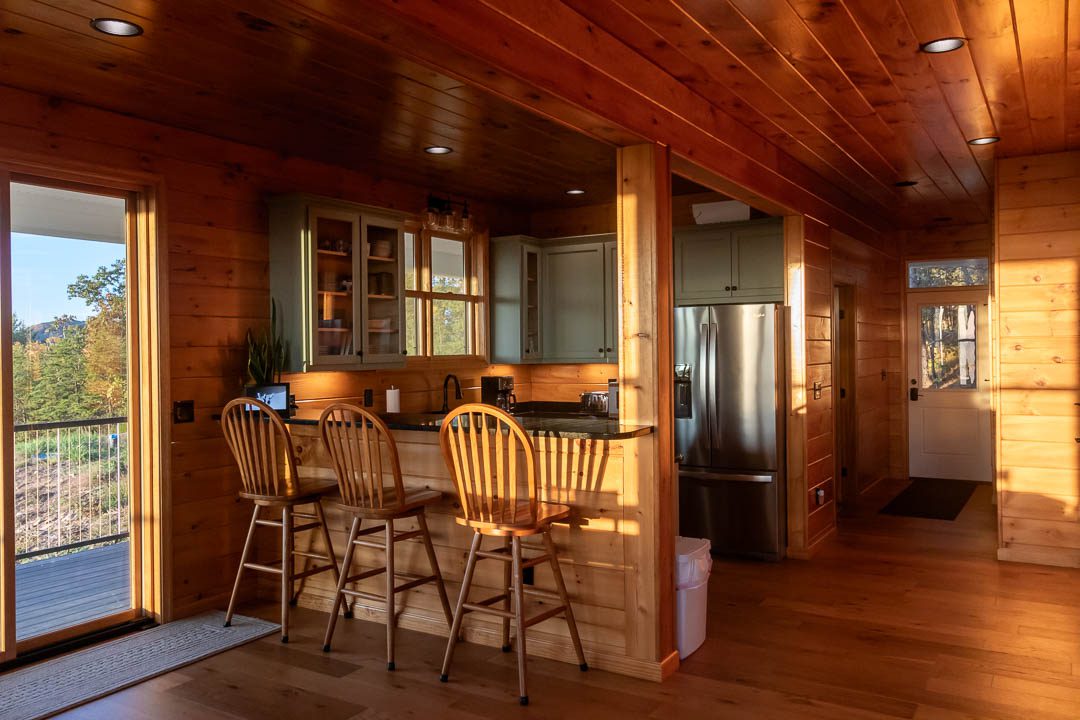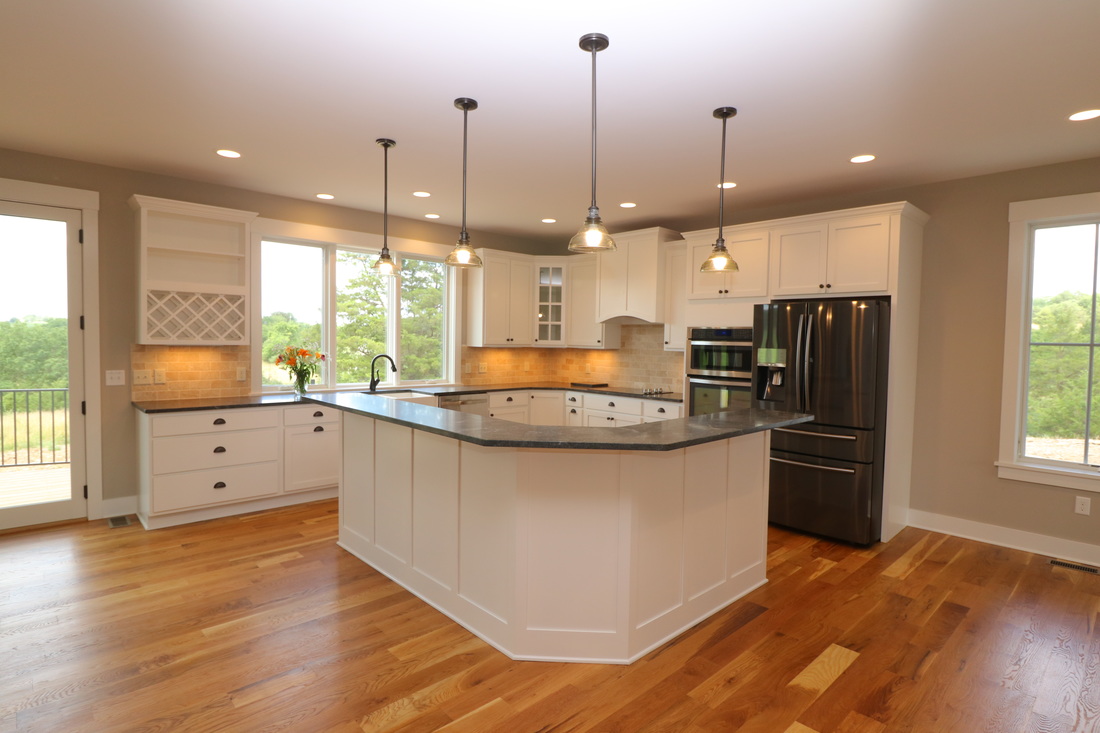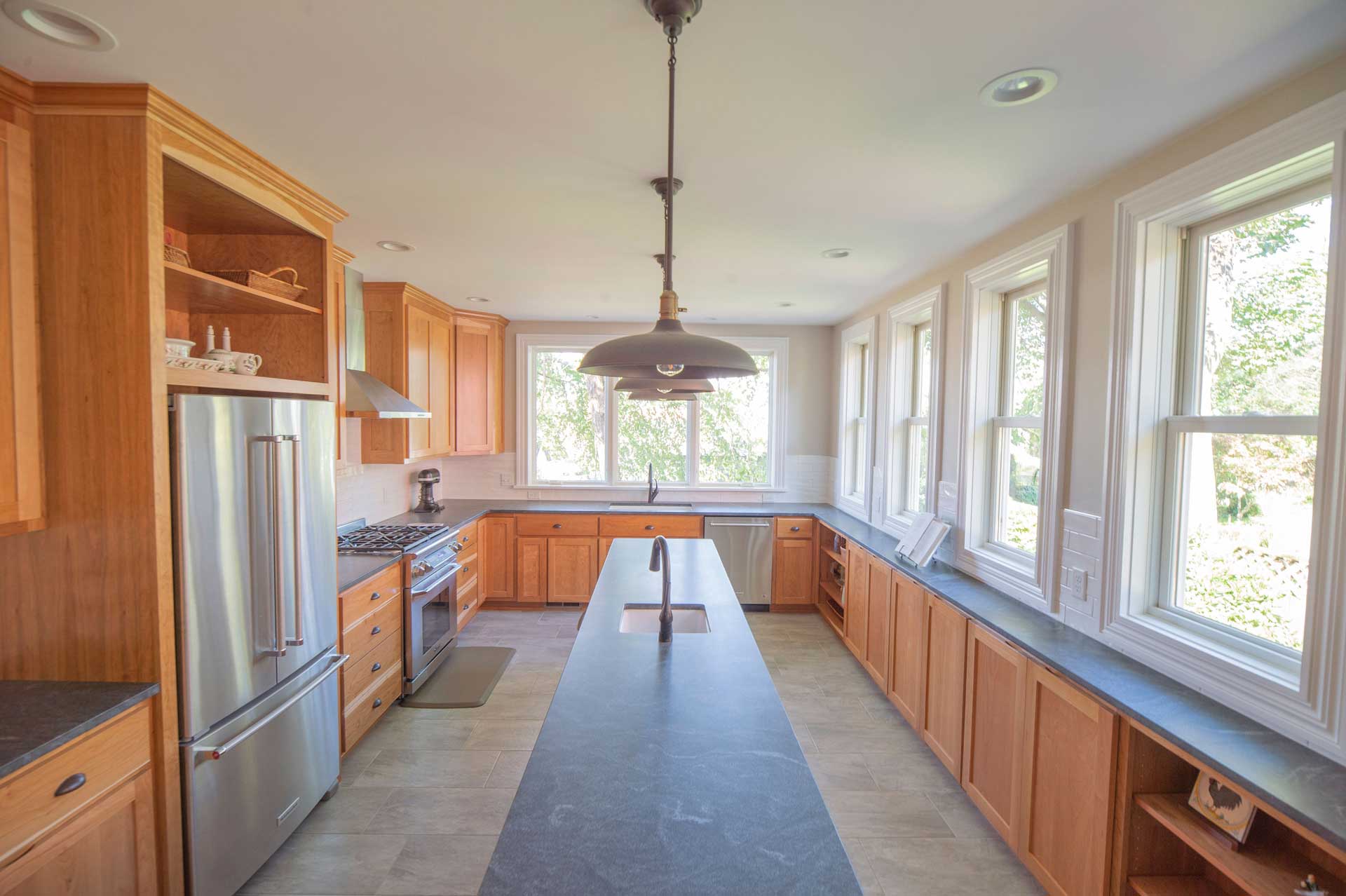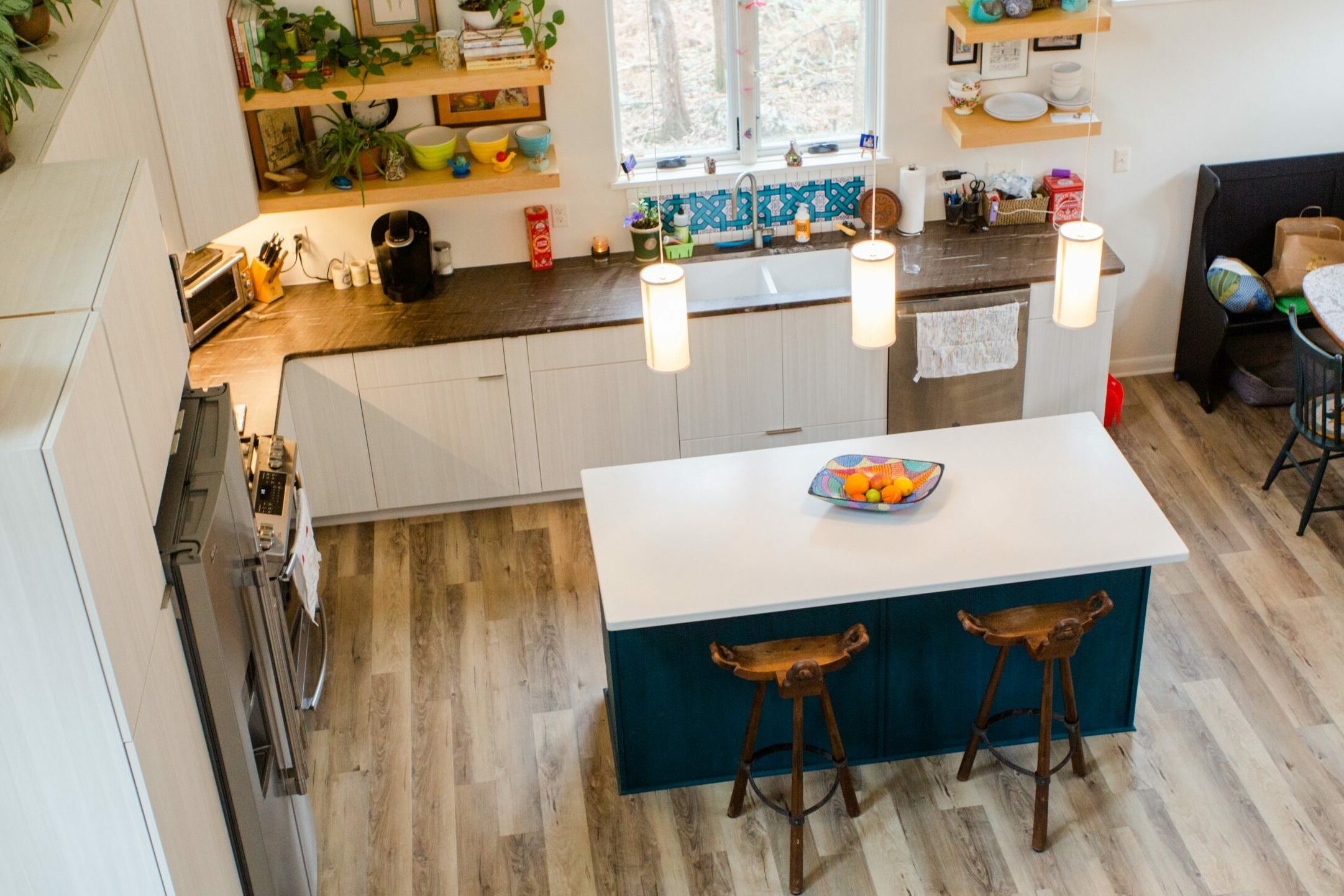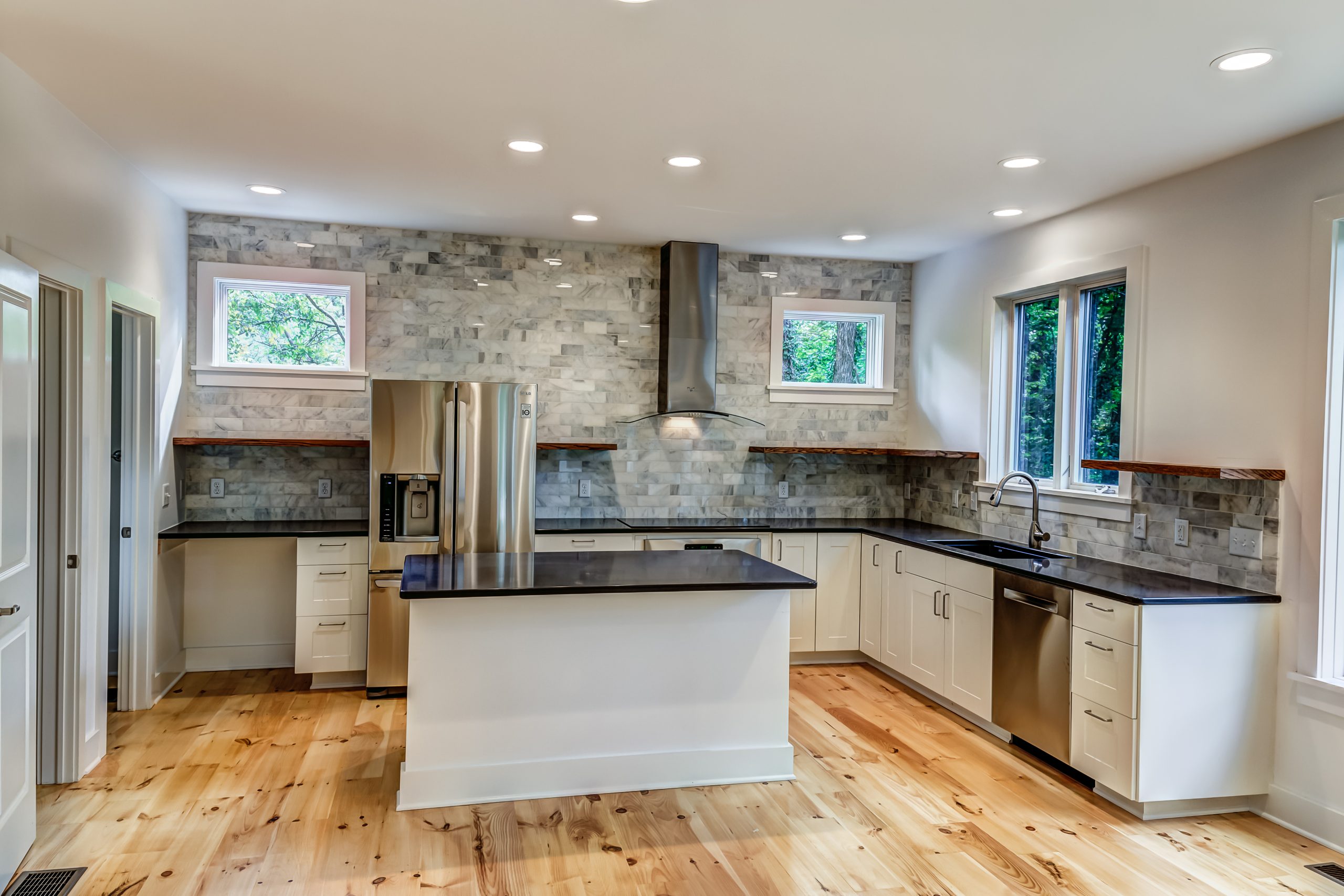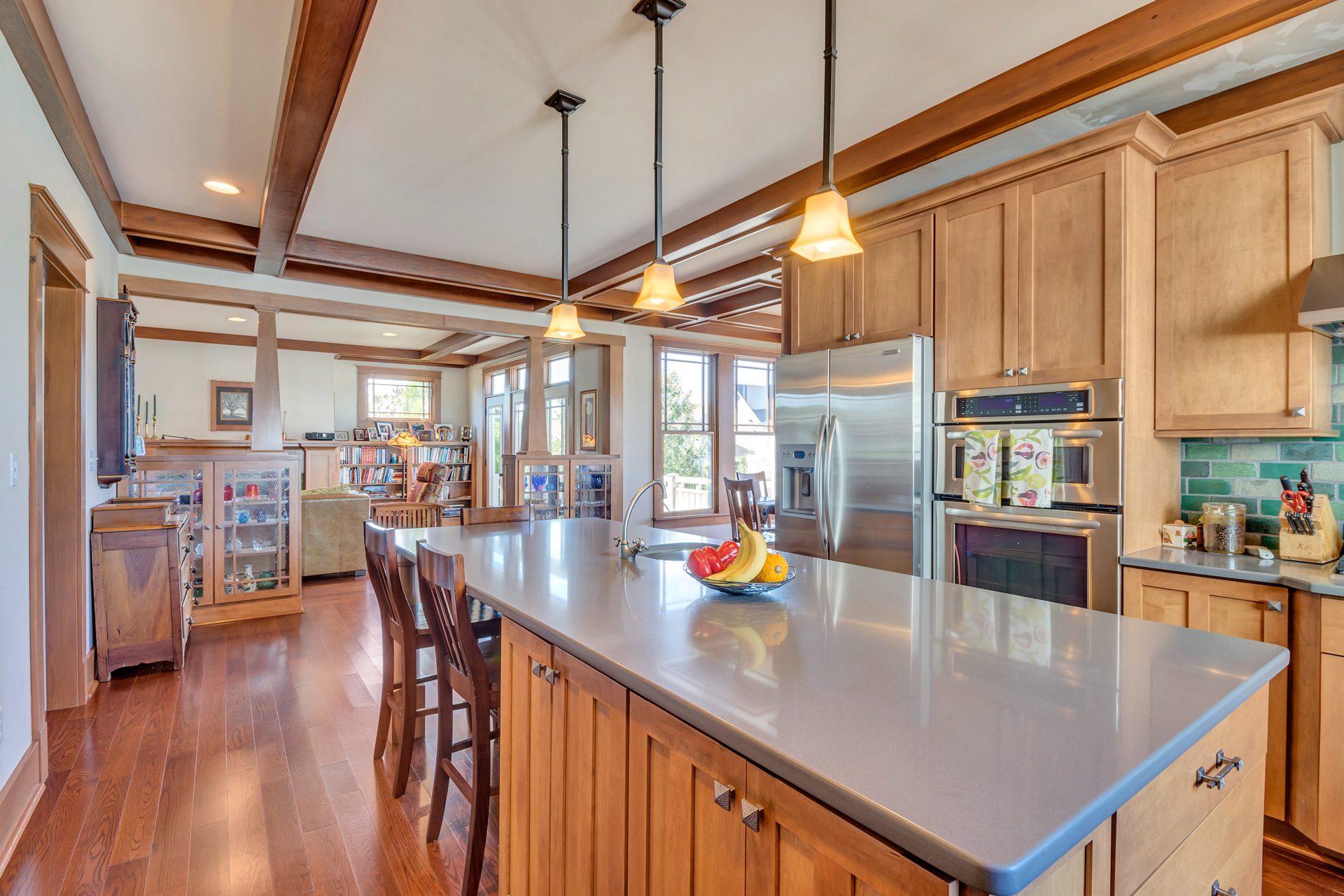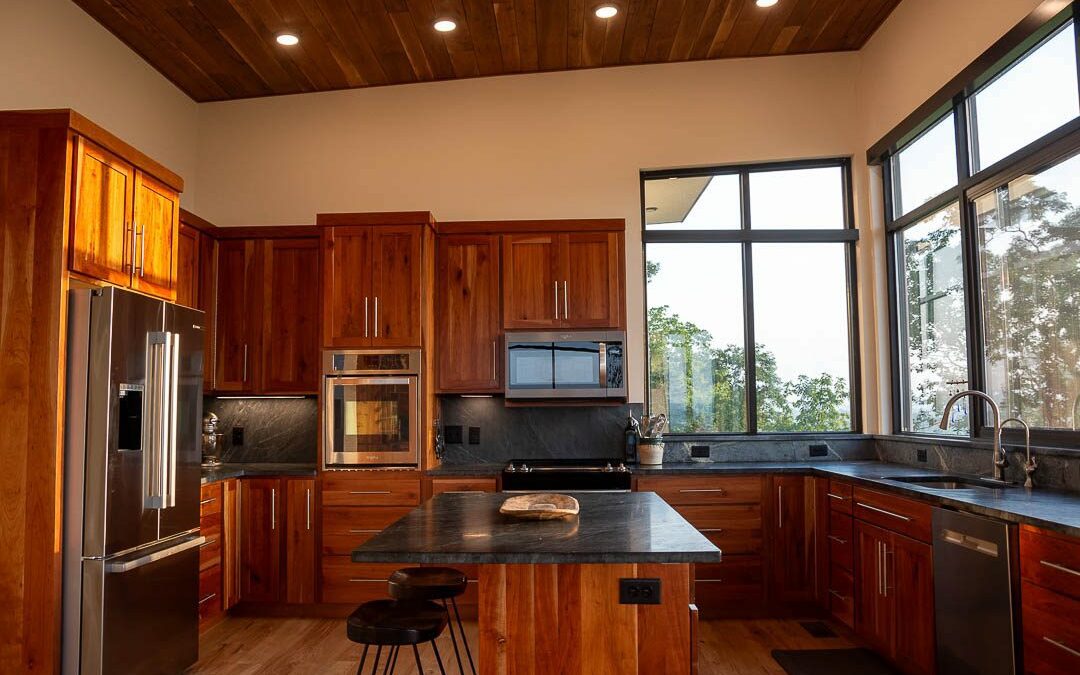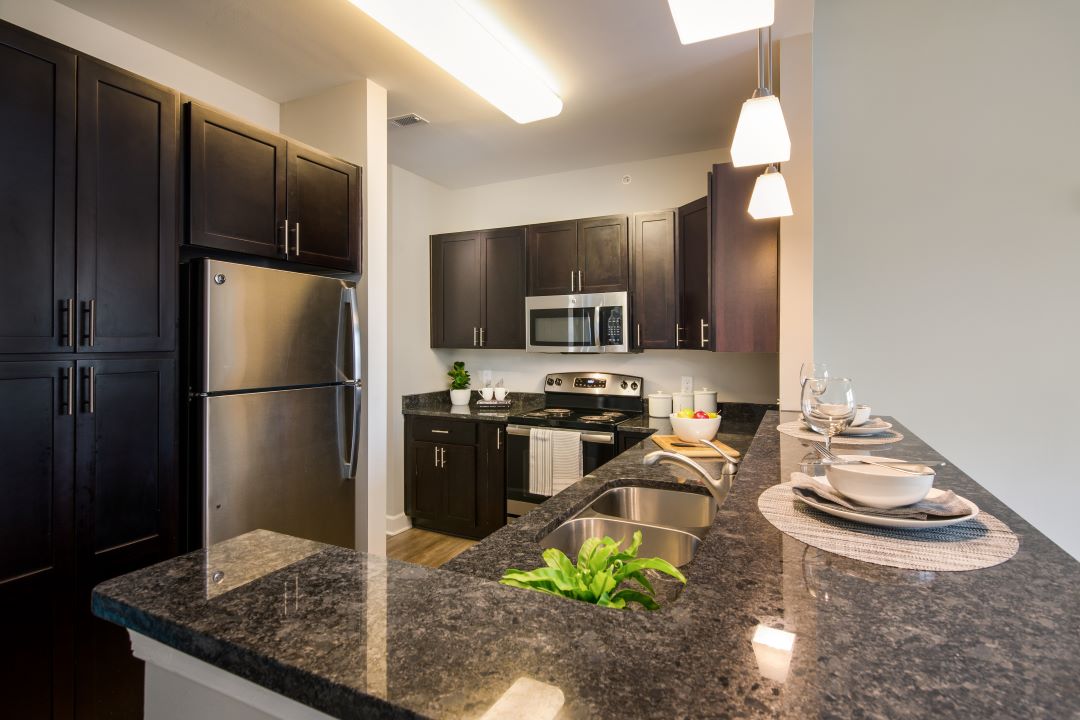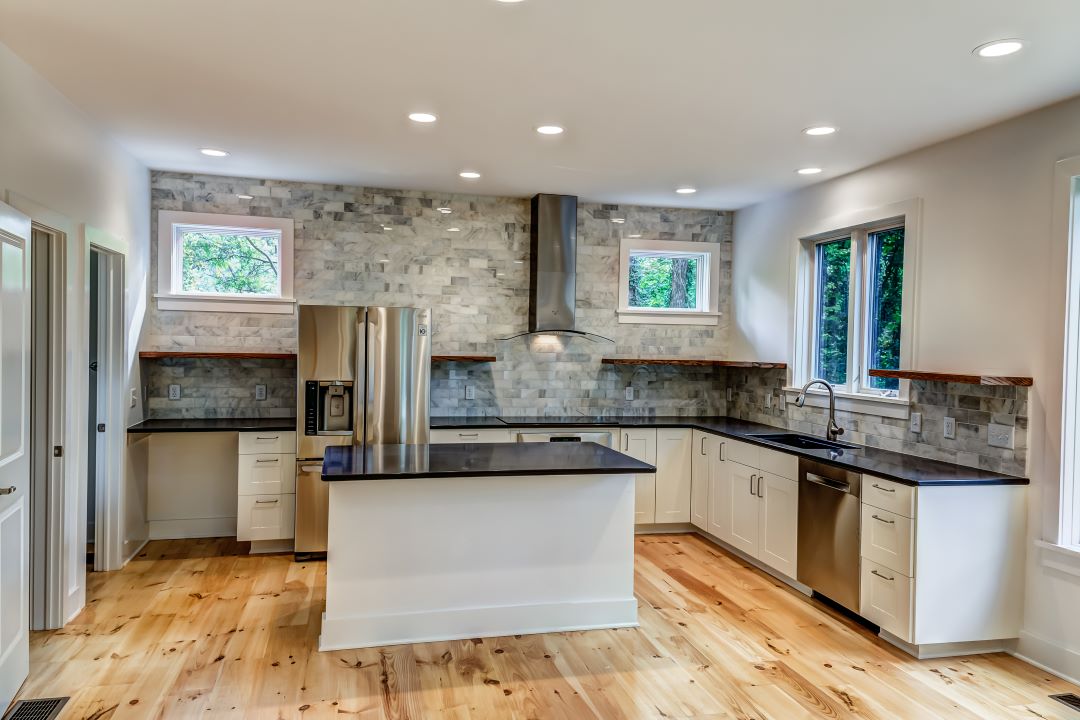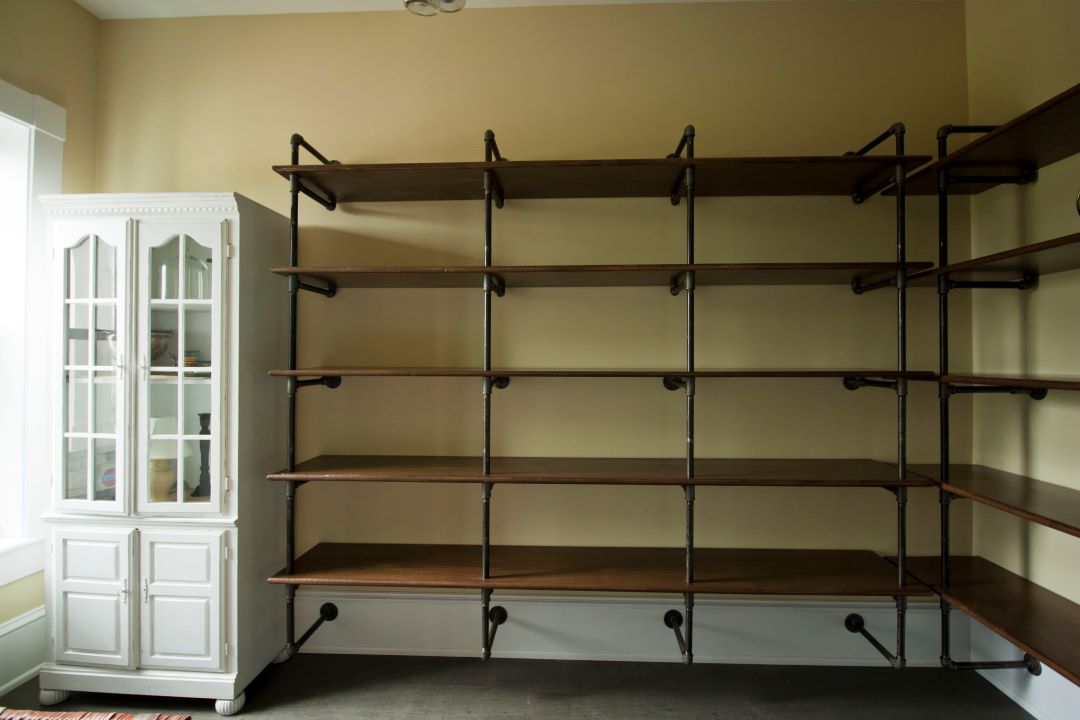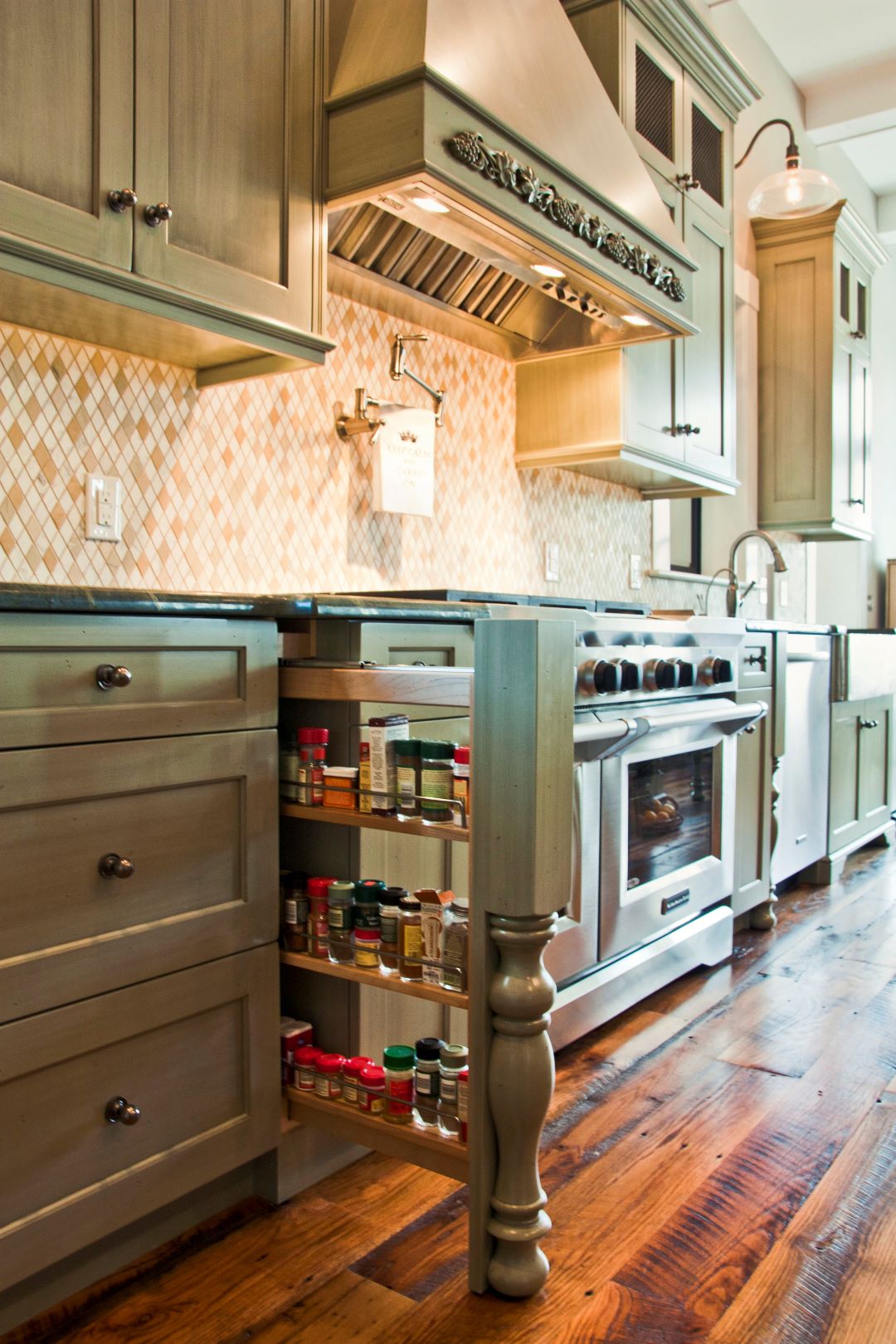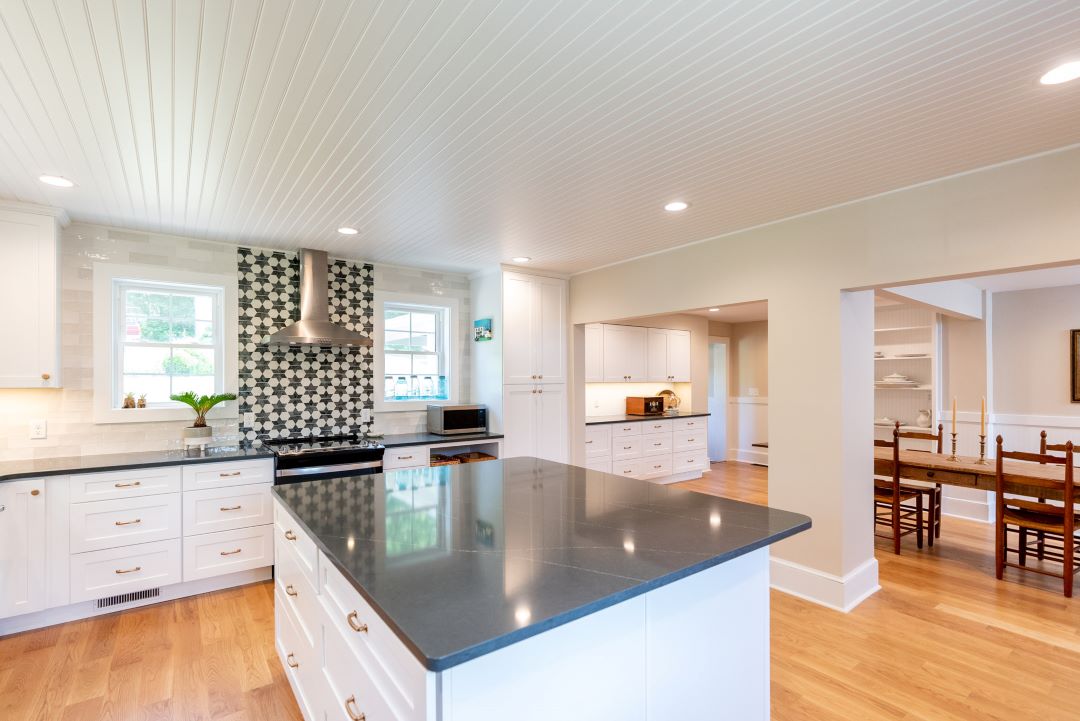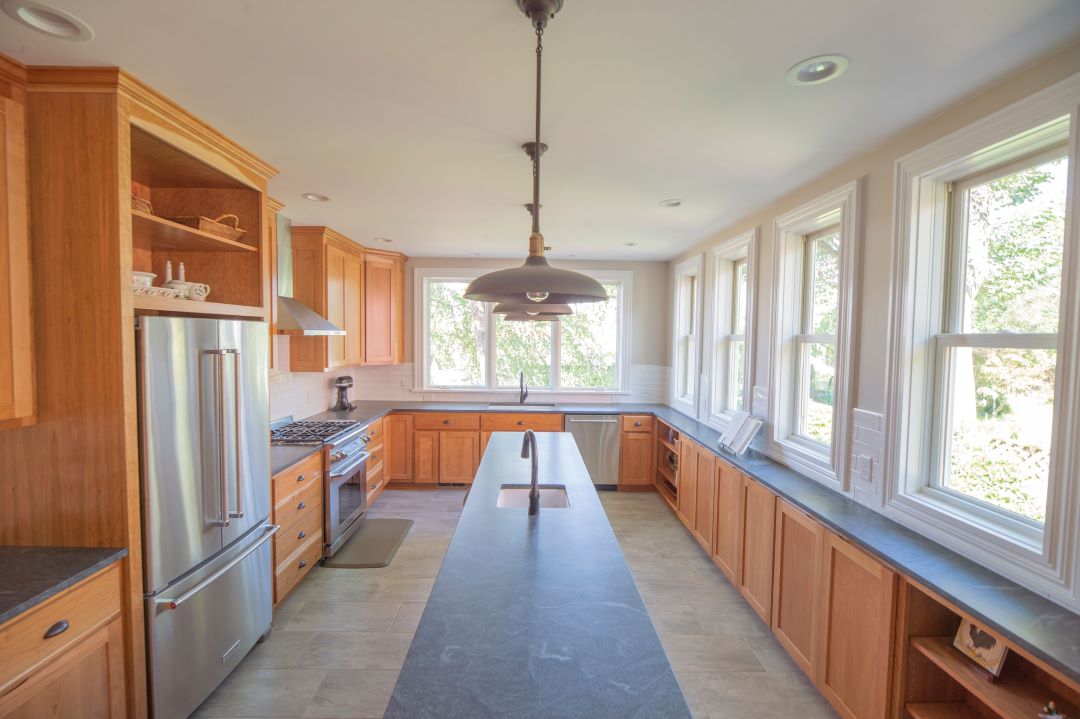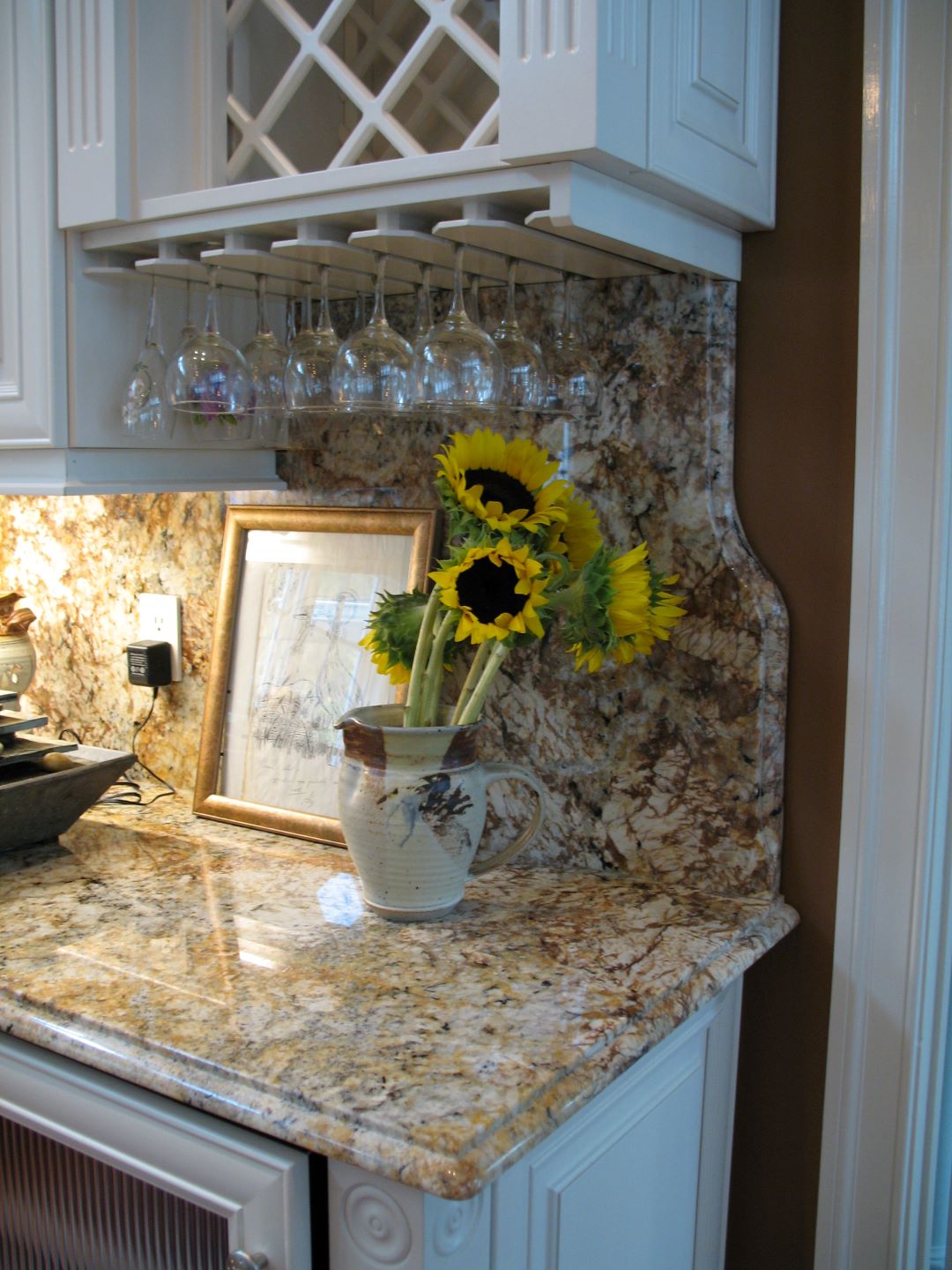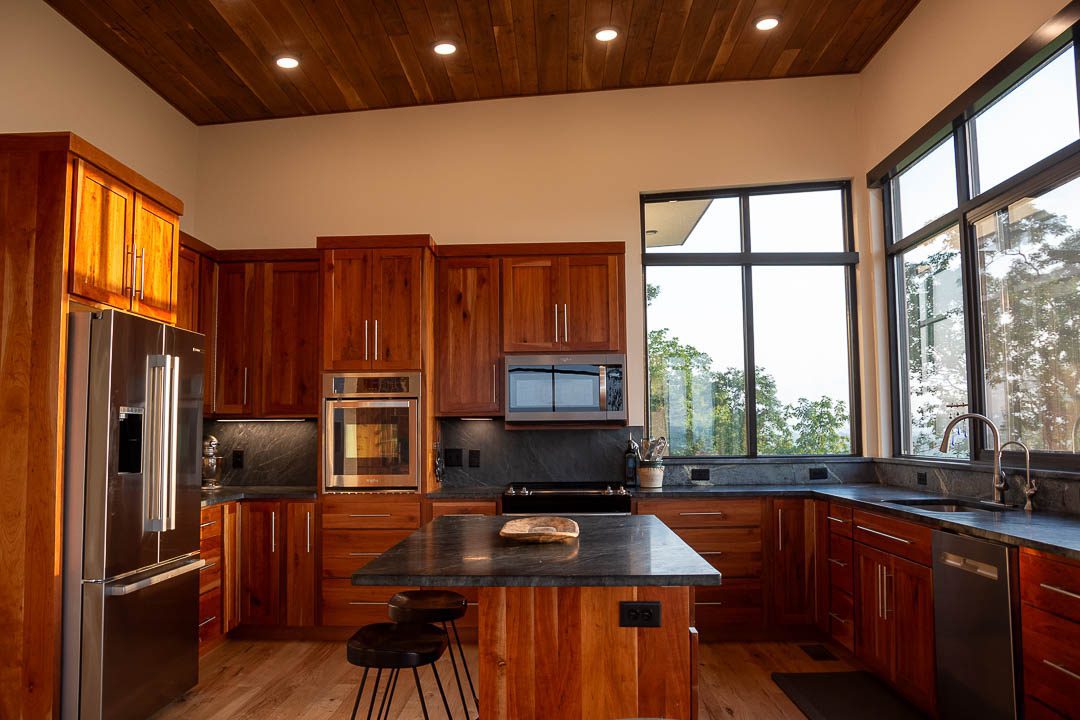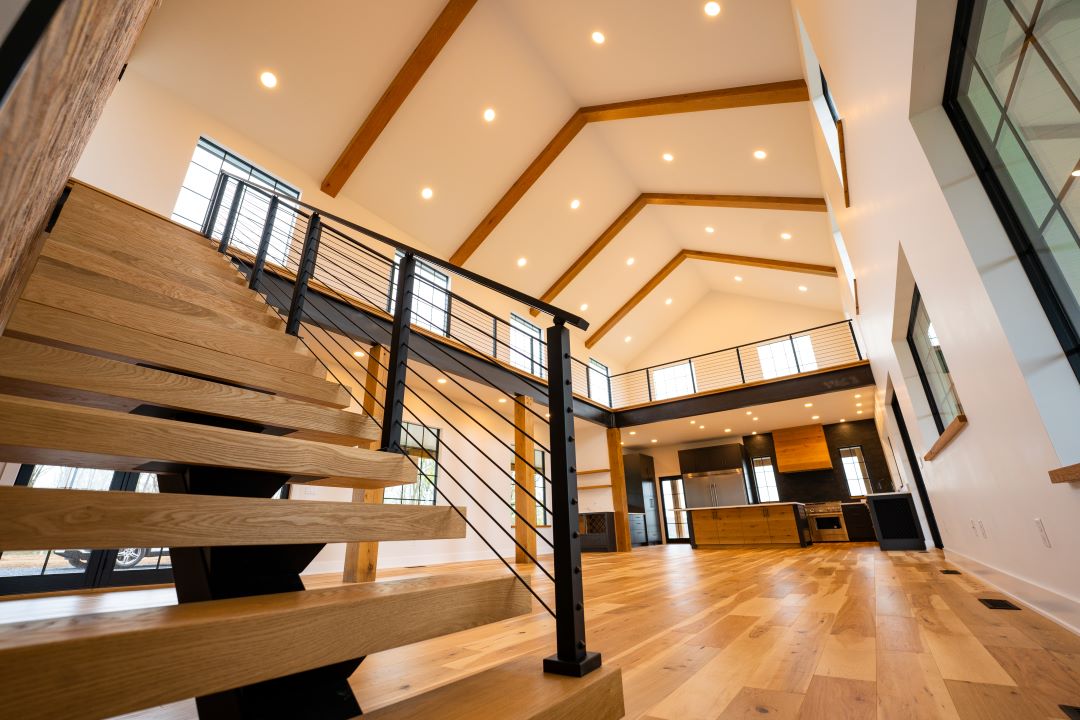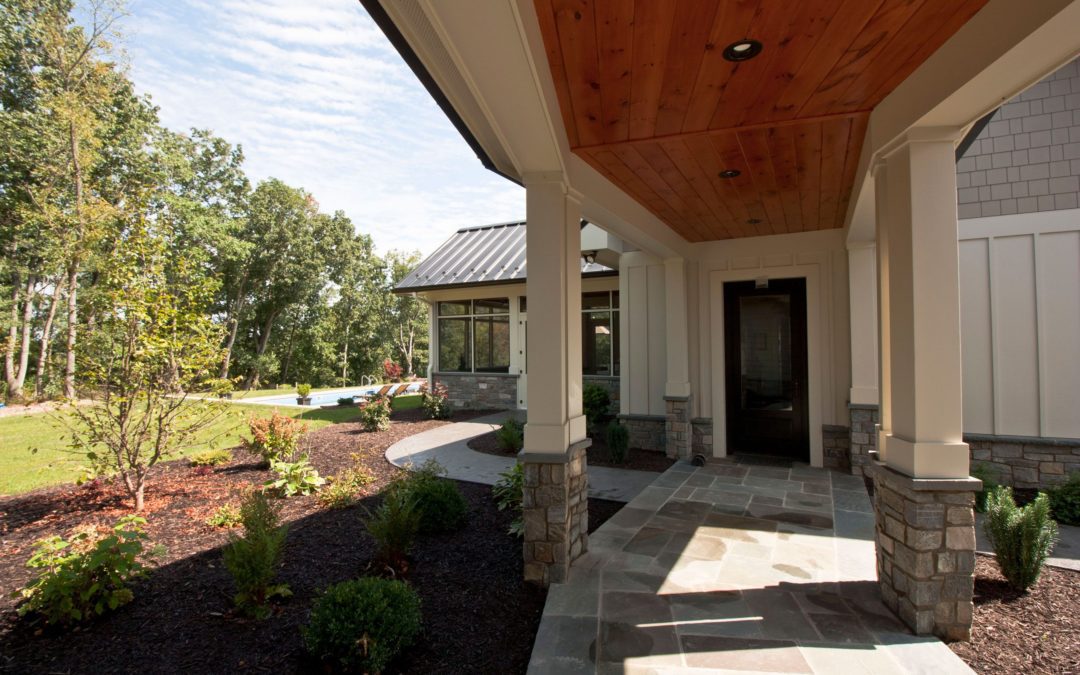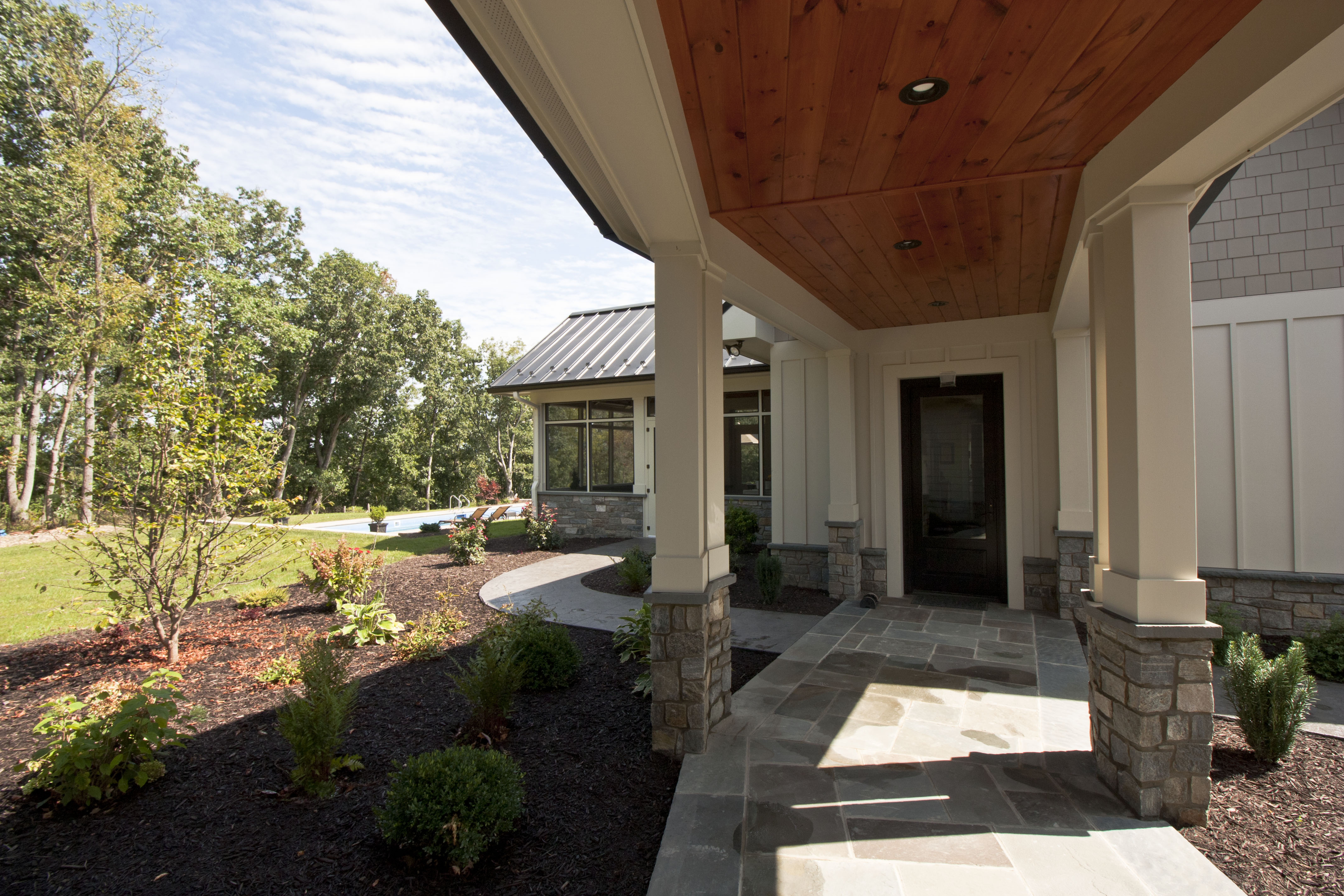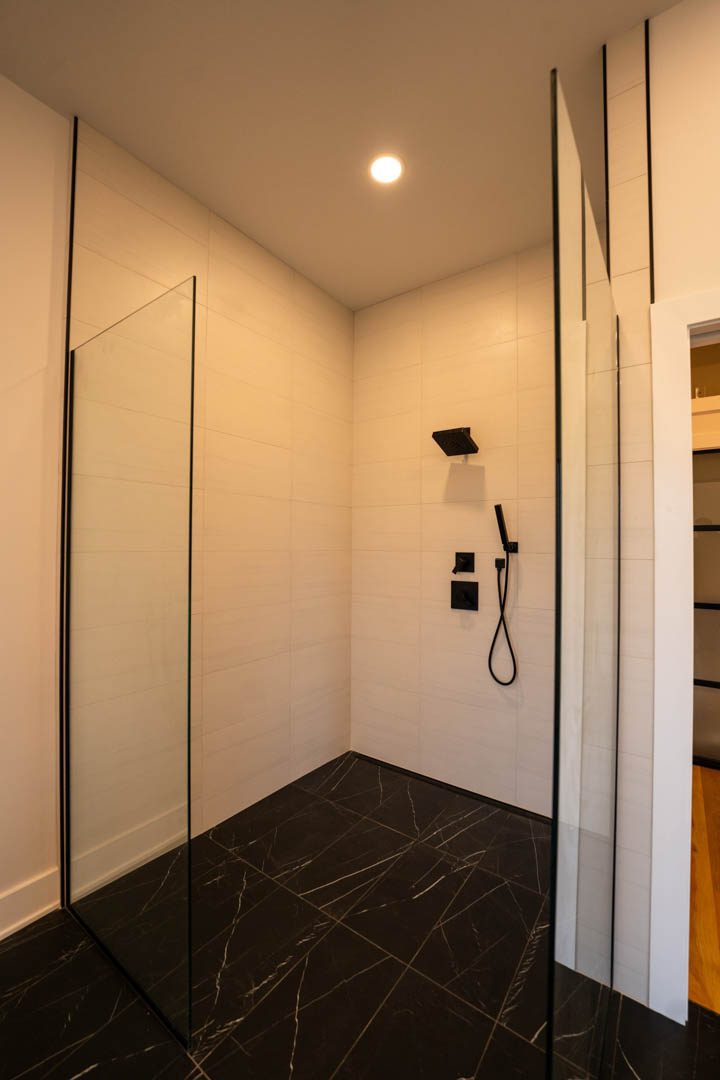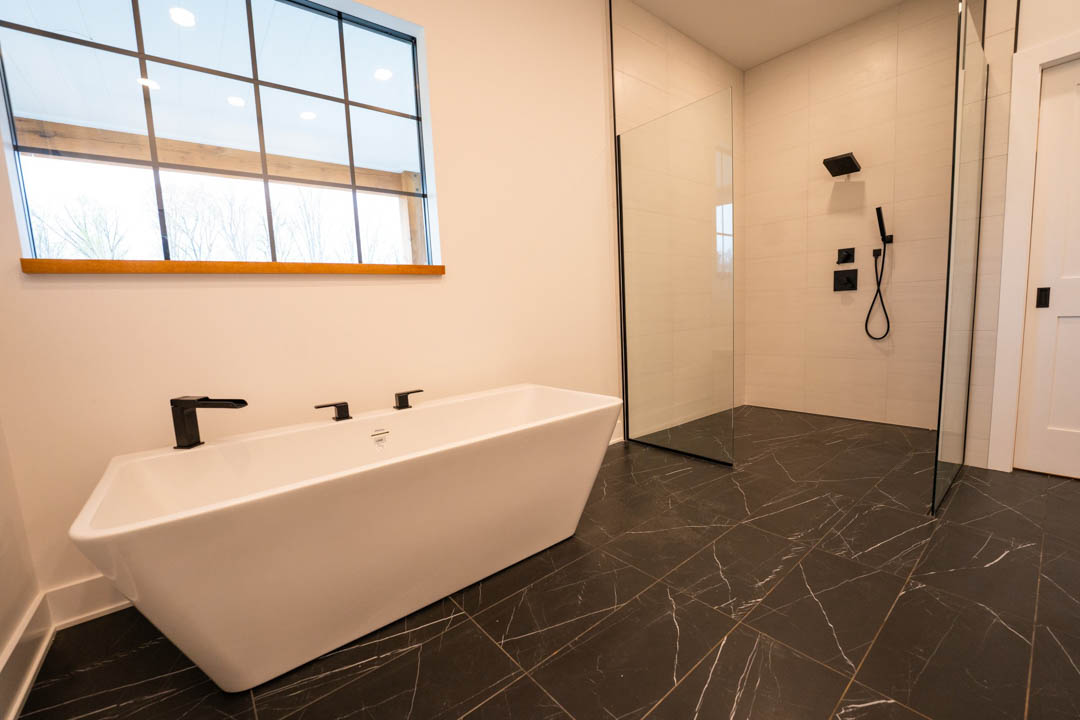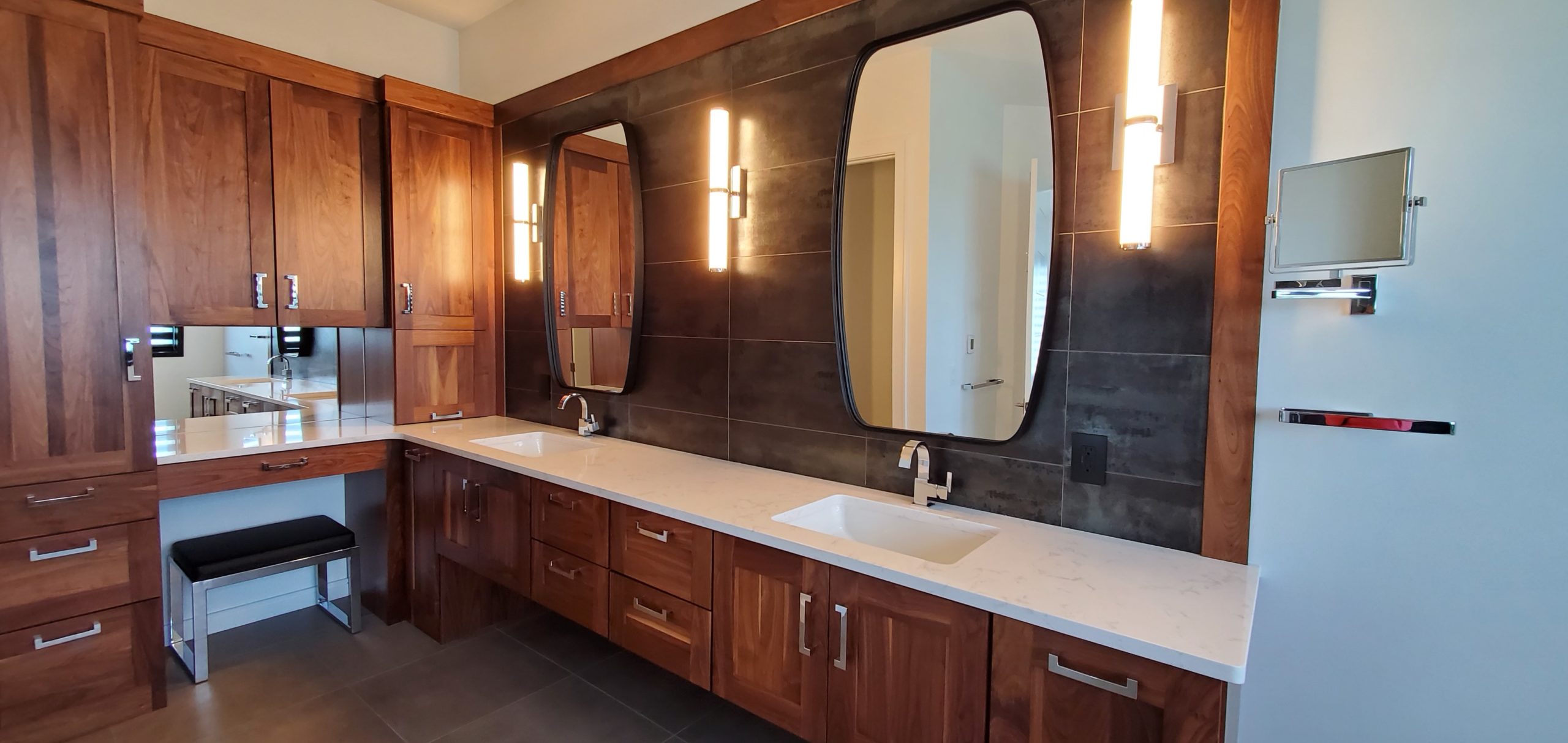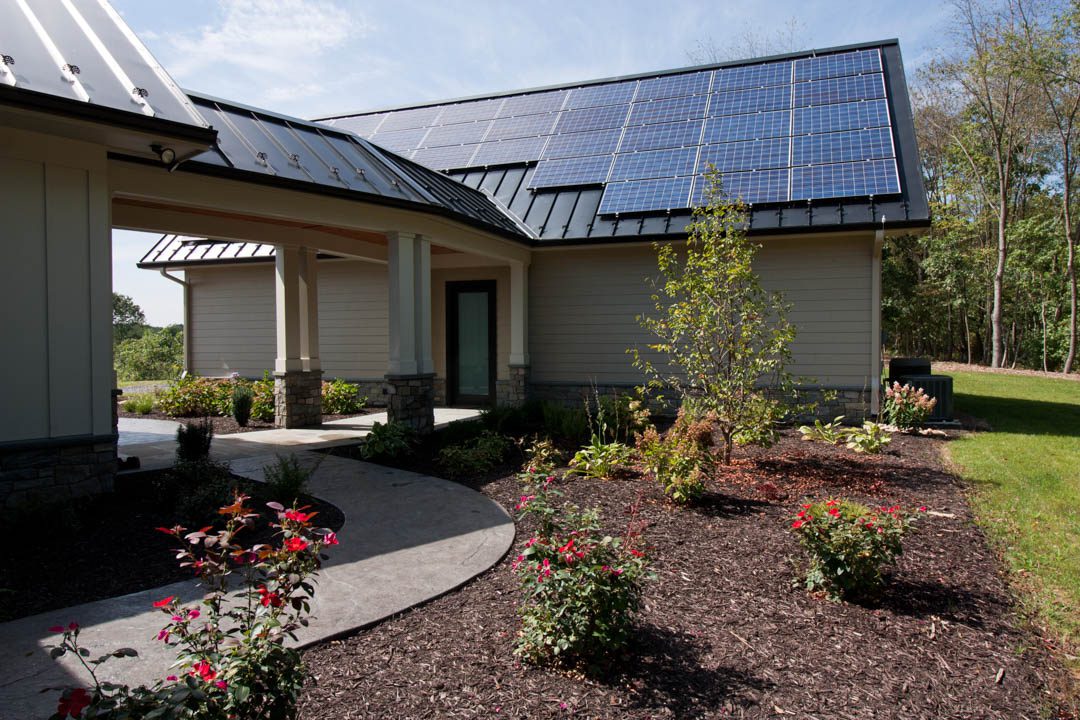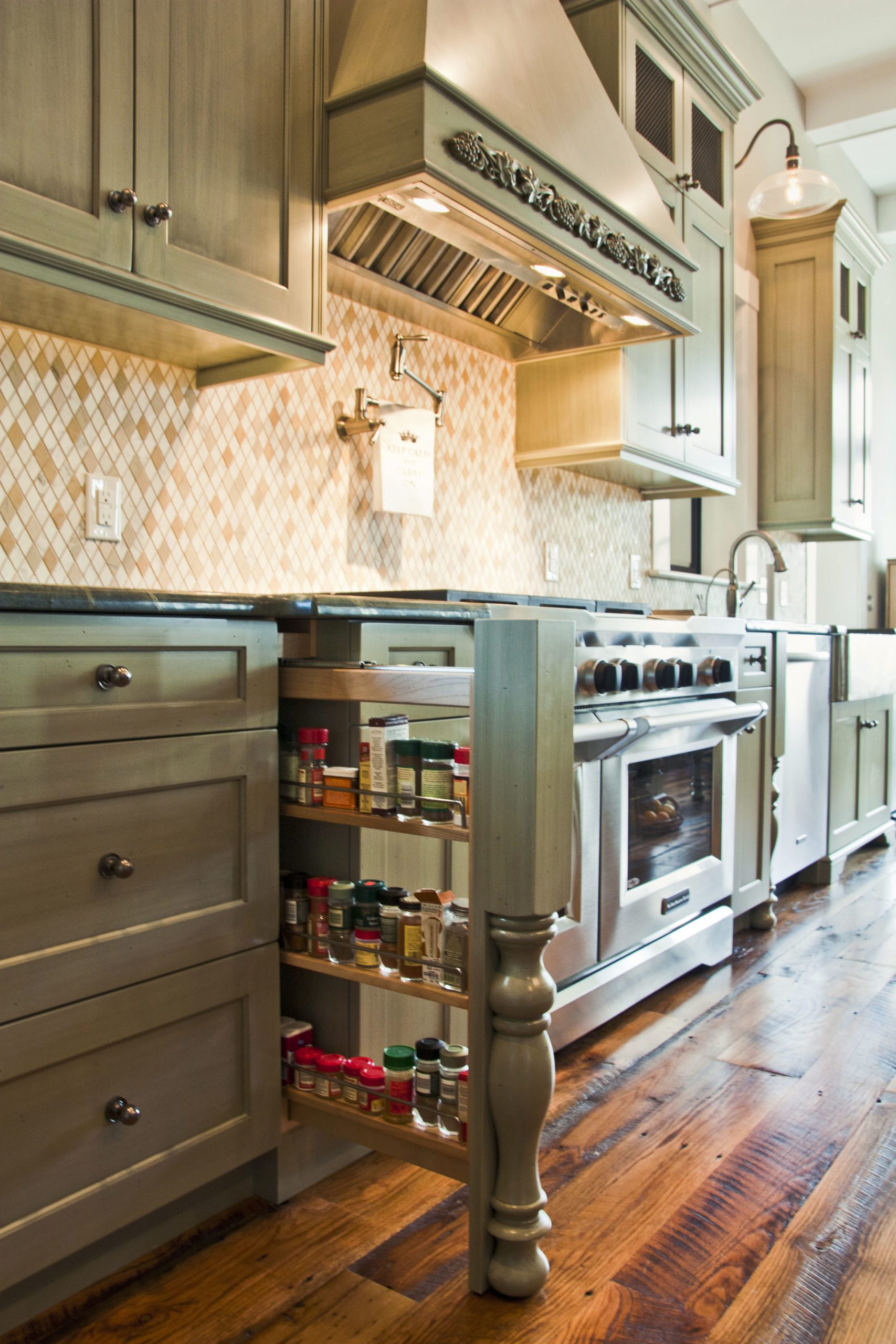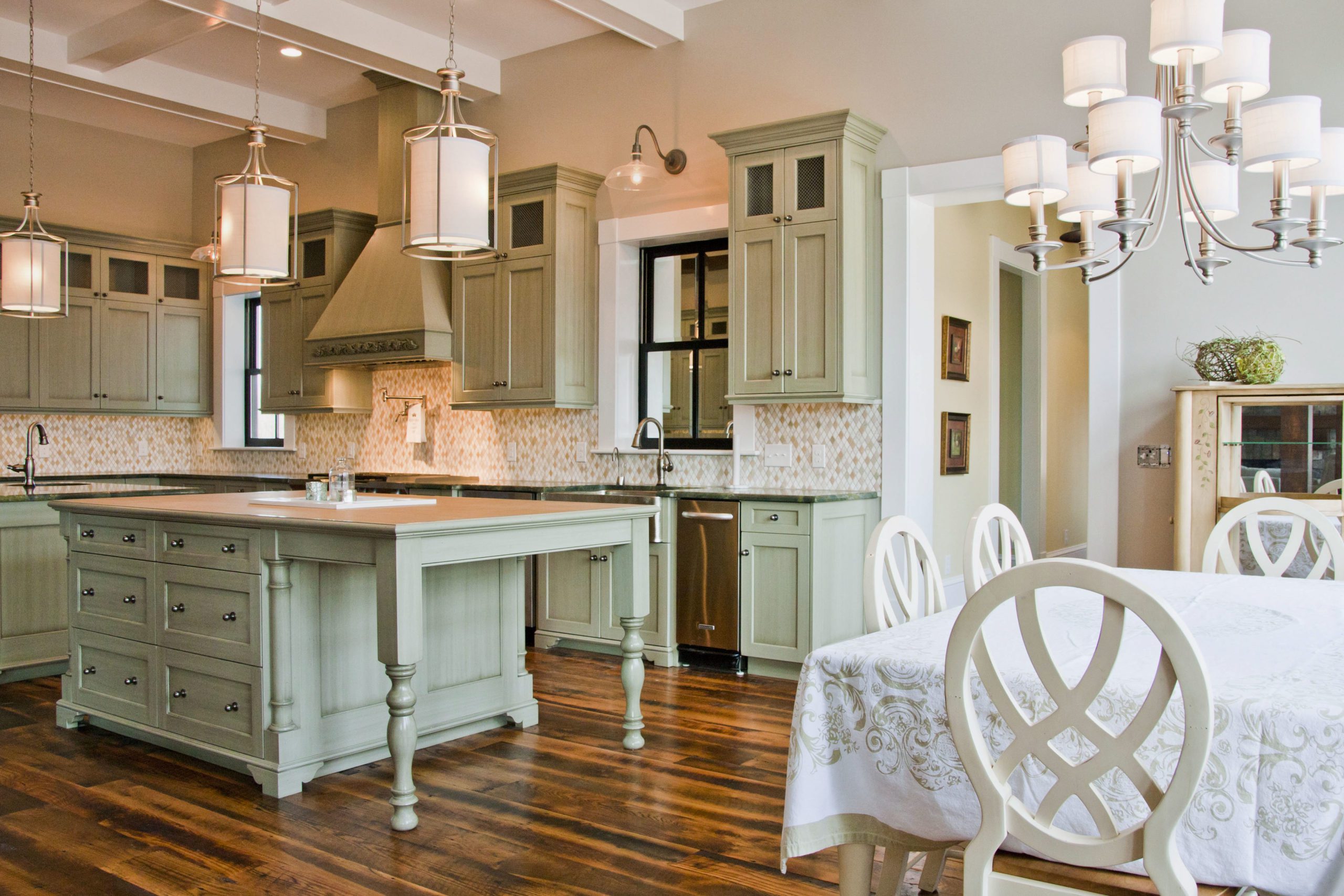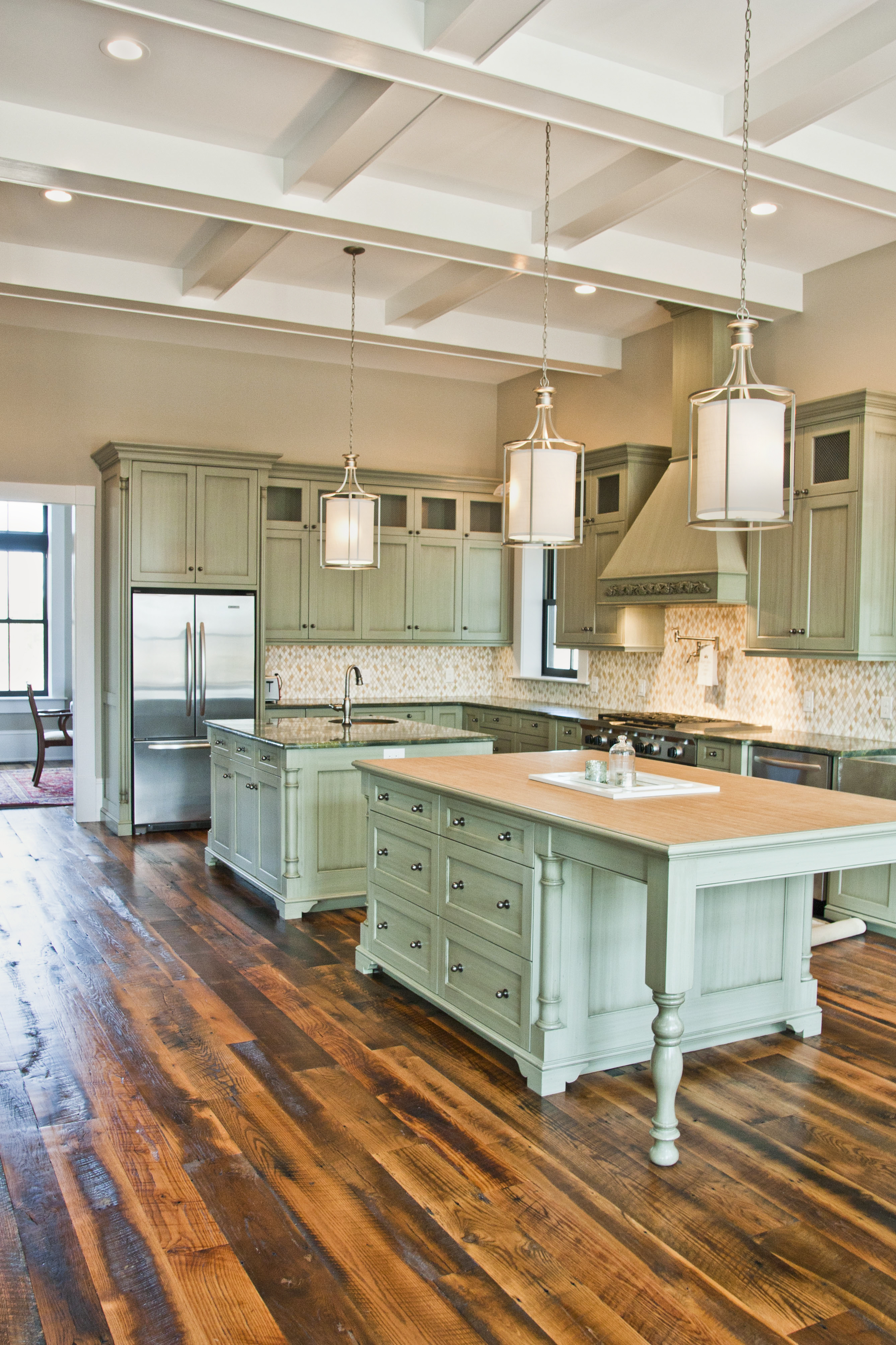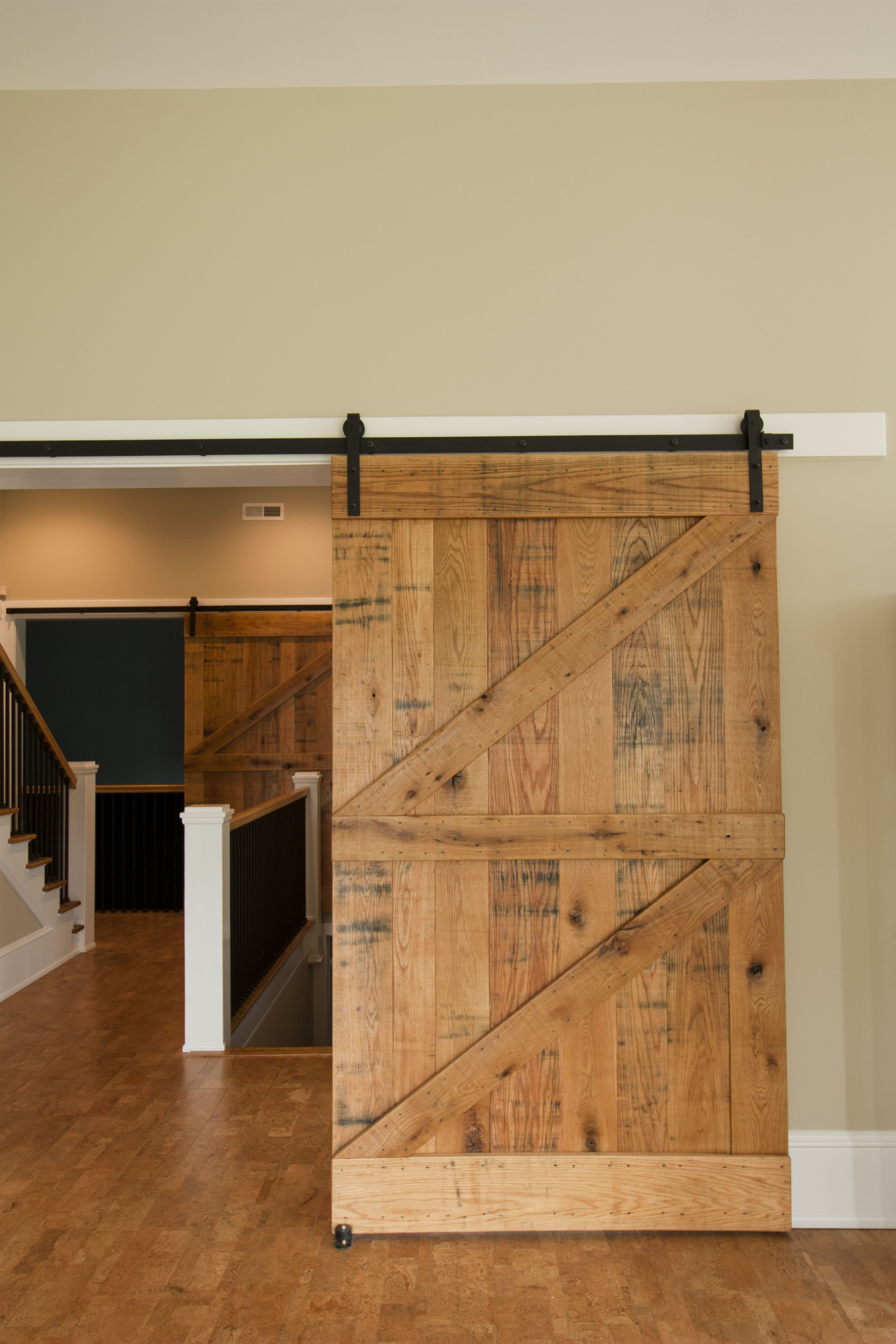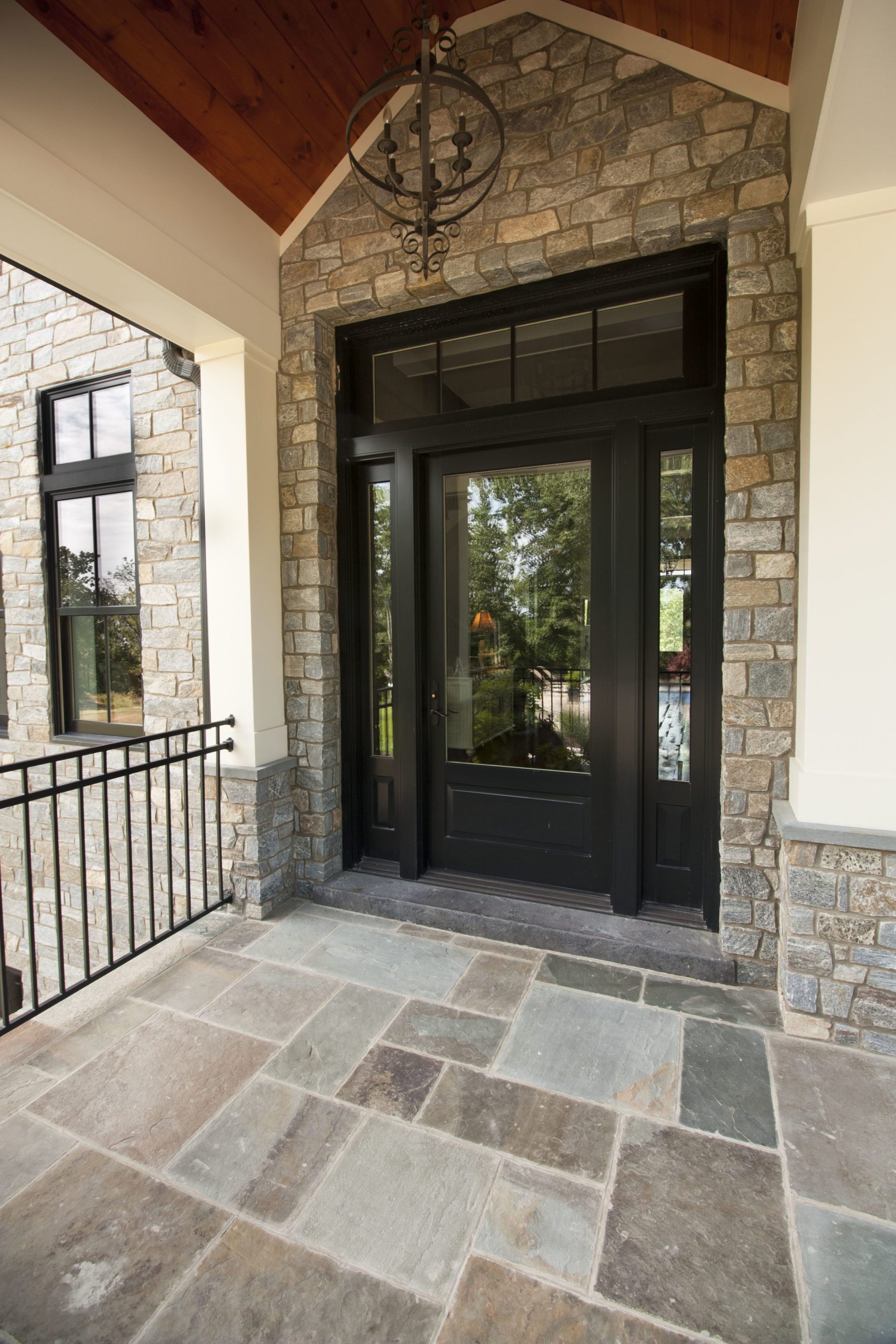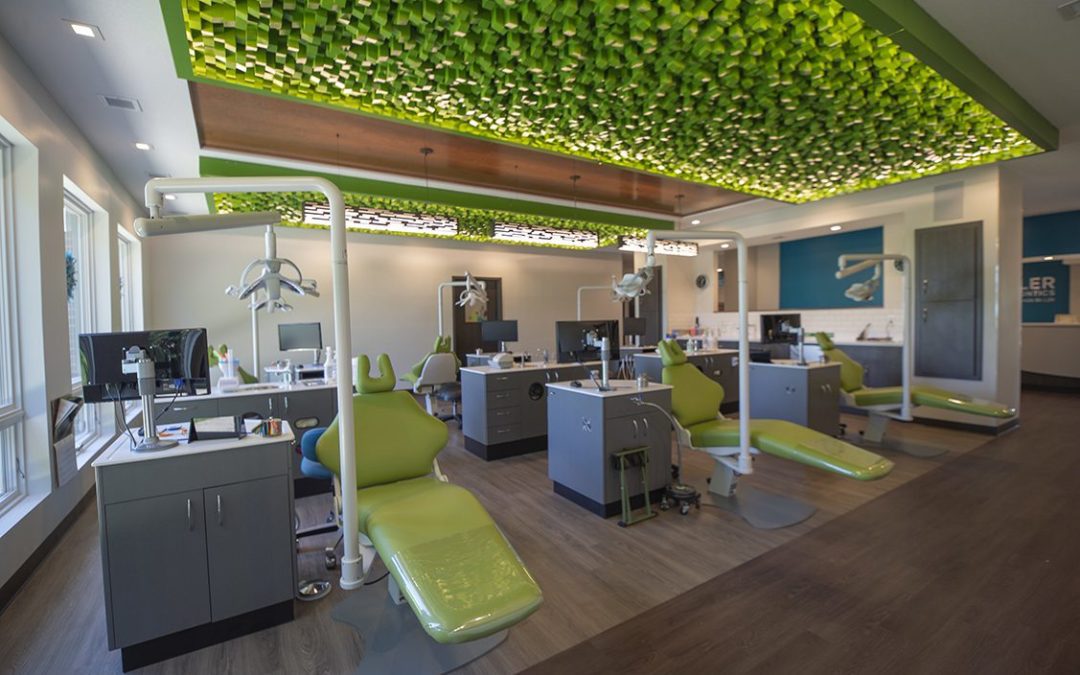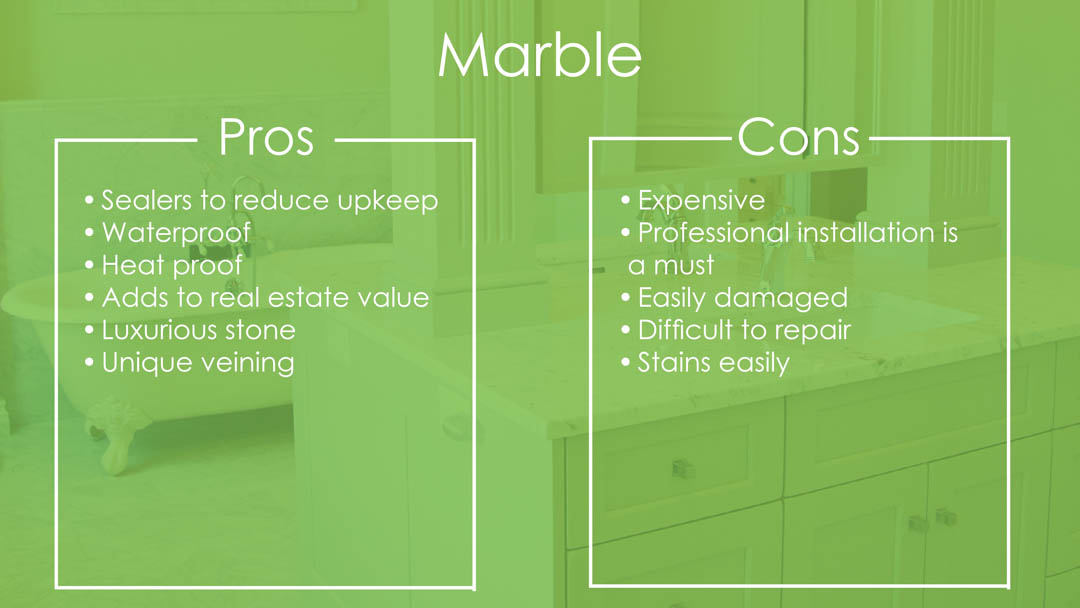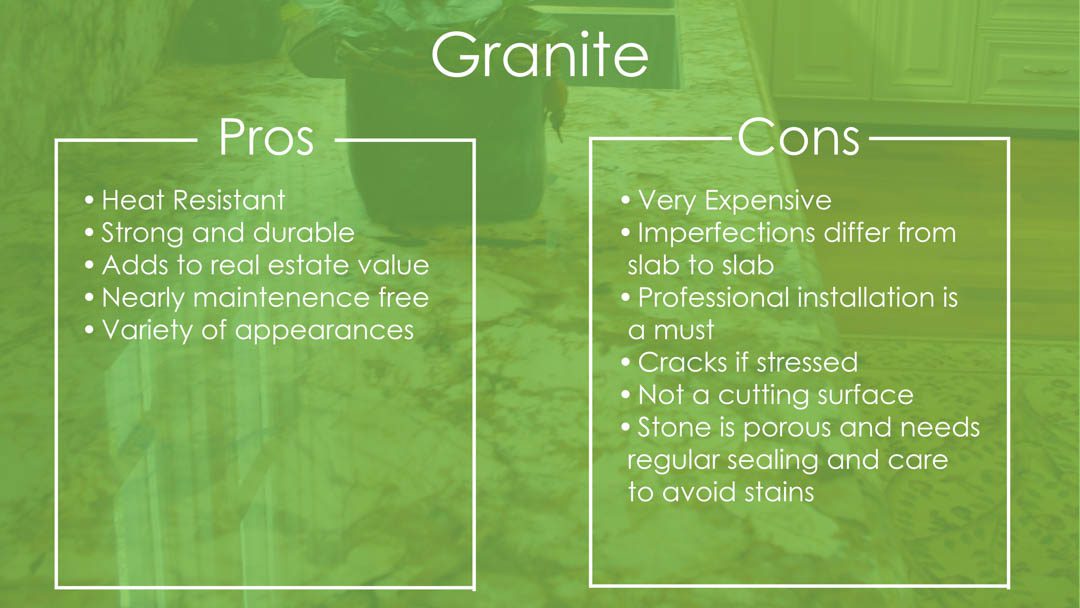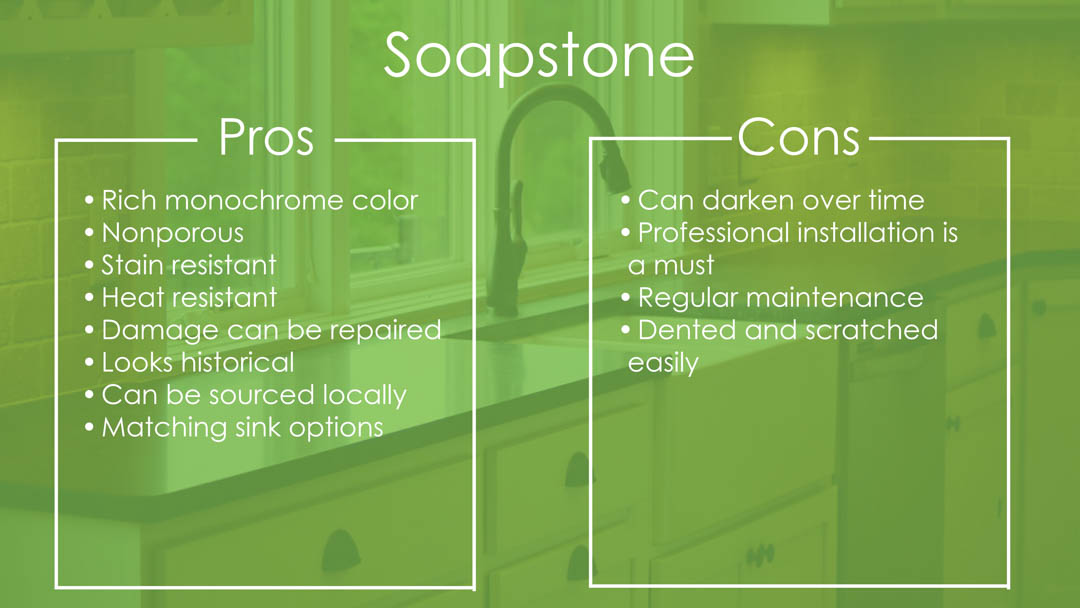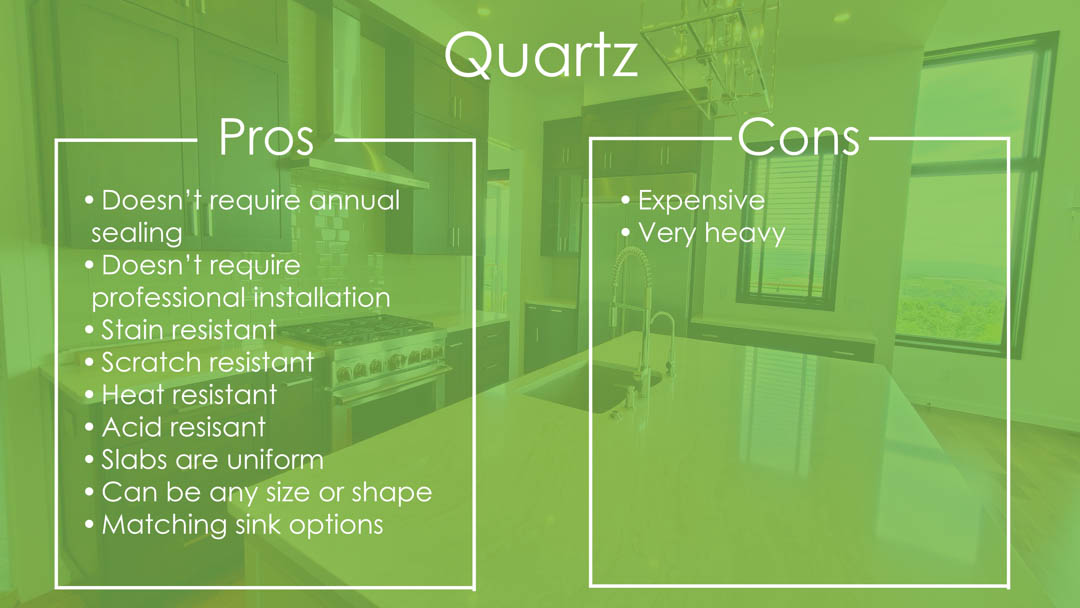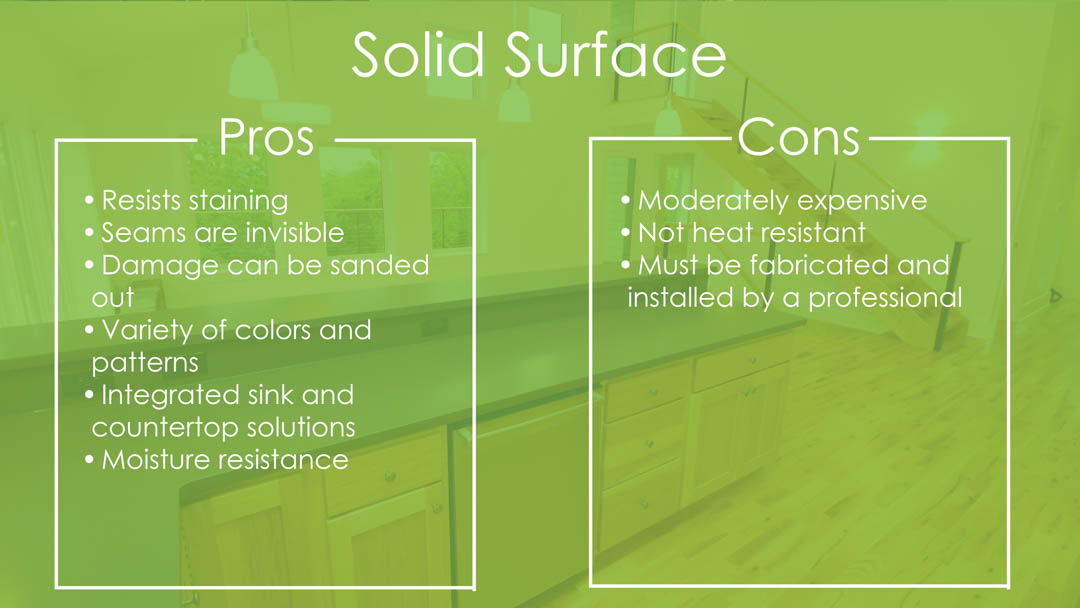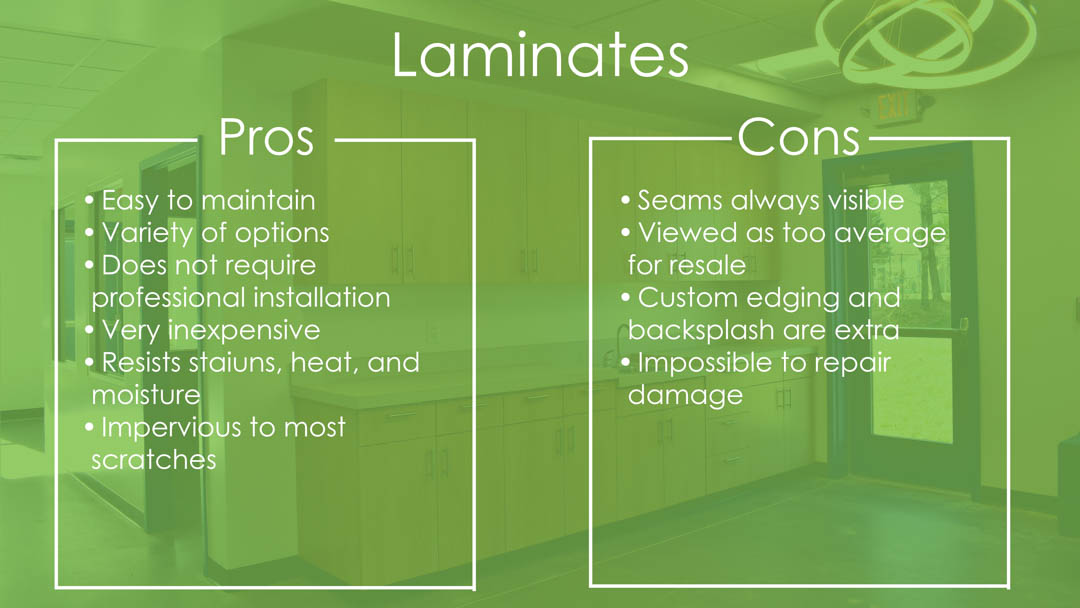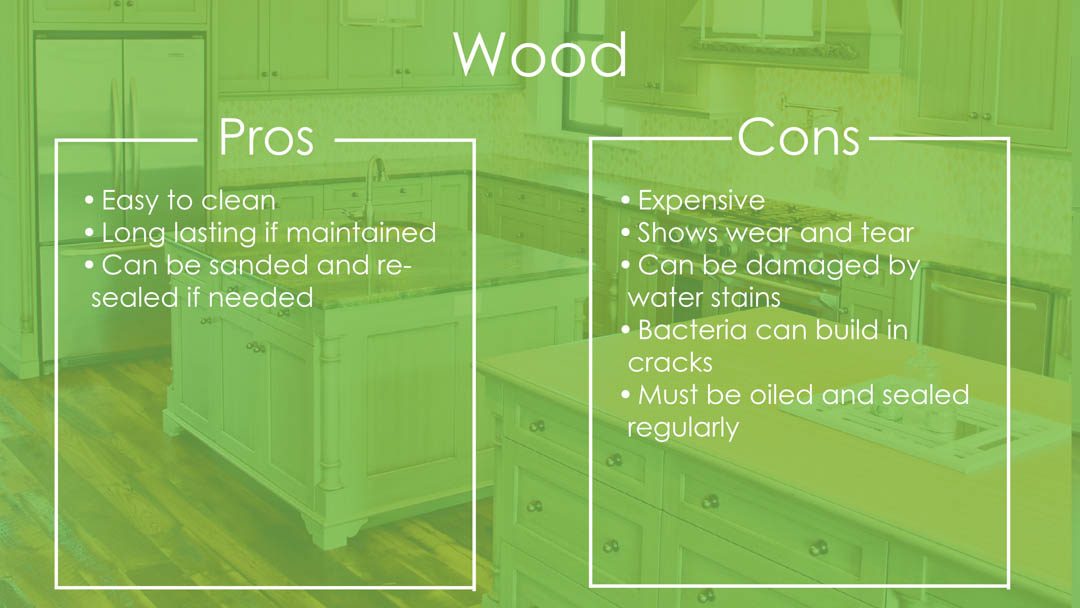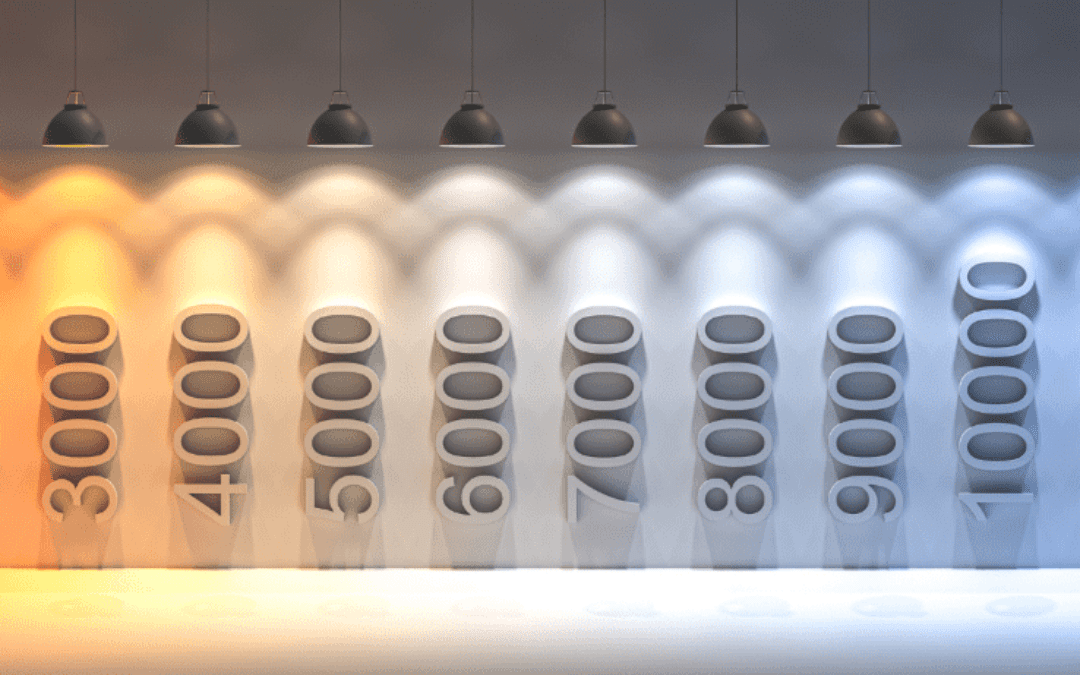
What lighting should I choose?
By Interior Designer, Jarod Sankar:
We’ve all seen it… you enter a friend’s house, and you’re immediately jolted by the starkness of poor lighting that is anything but welcoming. As an interior designer and an avid believer in the fact that your home kitchen shouldn’t give off the same first impression as a medical-grade janitorial closet, I highly value the importance of lighting. While it may be tempting to buy the first light bulb you see on the shelf, using the correct bulb type and color temperature for your space can be one of the most cost-effective ways to give your home a visual facelift.
First, let’s start with the basics. There are 3 typical light bulbs that are found in residential spaces. When choosing a light bulb to best suit your needs and its environment, it’s important to weigh the facts and limitations of each.
3 Types of Light Bulbs
Incandescent:
Whether you see incandescent bulbs as tried and true, or as tired and due for a change, the incandescent light bulb has been around for over a century. Incandescent bulbs are known for giving off a warm light that can make an area feel cozier and more welcoming.
While incandescent bulbs are good at promoting a comfortable at-home environment, they are also known for a short lifespan and are not energy efficient. Another negative trait that can be attributed to incandescent bulbs is their heat generation, which can be dangerous depending on the fixture it is being used in, or if the bulb is in an area that little fingers could get a hold of.
LED (Light Emitting Diode):
For a lot of people, the first thing that comes to mind when thinking about LED lighting are the blinding headlights on new cars that pop over hills at night and seem to be aimed directly at you, almost as if they were specifically designed to give oncoming drivers temporary vision impairment. In reality, LED lighting is one of the most versatile and most capable lighting options that is available today. As opposed to Incandescent Lights, LED bulbs come in many different color temperatures, many different shapes and sizes, and have a much longer lifespan. As an additional bonus, LED bulbs are significantly more energy efficient, and are a more sustainable option that creates less waste.
CFL (Compact Fluorescent Lamp):
CFL, also known as compact fluorescent lamp bulbs, have been dying off in popularity over the last decade. Decades ago, CFL bulbs were once the superior choice due to price and efficiency. CFL bulbs were seen as a more energy efficient option due to their 25% higher energy efficiency compared to incandescent bulbs. However, as LED bulbs have come to the forefront, we now see that LED bulbs are roughly 75% more energy efficient than incandescent bulbs, making them the clear winner. CFL bulbs are now harder to find and have minimal options in terms of color temperature and bases. Aside from aesthetics, and more importantly, CFL bulbs contain mercury. While some sources say that the mercury vapors from a broken bulb are not enough to cause harm to humans, it is still not a viable option for keeping a safe environment for you and your family. As of February 2023, CFL bulbs are being banned from production in some regions, which will further reduce the ability to find CFL bulbs on the market.

Color temperature:
Color temperature is measured in Kelvin (K). The Kelvin scale ranges from 2000K to 7000K, with the warmest light being 2000K and coldest being 7000K. For residential use, a warmer color temperature promotes a less sterile environment, and is associated with more calming energy. Warmer temperature light bulbs, like Warm White, are great for bedrooms due to the relaxing light provided. Cooler bulbs such as Day White or Cool White are associated with a harsher environment, casting a sterile glow that is usually seen as brighter and cleaner. Day and Cool White are more functional in bathrooms and closets. While these bulbs serve a purpose, it’s important to be picky when it comes to color temperature in your home. For example, Cool White bulbs contain more blue light, which can negatively impact your sleeping schedule.
Lighting temperature is a very important factor in relation to your space, as the cool or warm light cast on your walls and furniture may make them appear differently as the sunlight from the day fades. Test out different bulbs in a dark area of your home and see which color temperature works best with your furniture and finishes. Using a consistent color Kelvin throughout your home promotes more continuity throughout the space and can also create less visual discomfort from the difference in brightness and shadows throughout the home.


Examples of difference in light color temperature.
Which bulb is best for me?
With so many bulbs available, now it’s time to narrow down the best option for in-home use. In general, LED lighting is best in terms of its versatility and its energy efficiency. Not only will switching to LED bulbs save money on your electricity bill, but it will also mean less time spent on a ladder trying to reach that awkward bulb in your ceiling. After finding the specific bulb base for your fixture and finding an LED bulb that has the proper wattage according to your fixture specs, look for bulbs with a color temperature of 3000K. This is a warm, bright, and even light that will supplement light in dark areas without being cold and sterile. 3000K is relatively universal, with warm undertones to promote relaxation but enough brightness and less yellow tones to work well in higher traffic areas that may require a more intense light.
In summary:
- Incandescent bulbs: produce warm light, but they do not last as long and are not energy efficient. There are also limited options of light colors available.
- LED lights: wide range of light temperatures available, much more energy and cost efficient than incandescent lights.
- Compact Fluorescent Lamps (CFL): more energy efficient than incandescent lights, but less efficient than LED lights. Have mercury in them and are being banned.
- Color temperature is measured on the Kelvin scale, with the warmest light being 2000K and coldest being 7000K.
- Warm lighting makes a space feel cozy, relaxed, and well… warm. Cool lighting can be brighter, feel cleaner, and work well in closets and high traffic areas.

